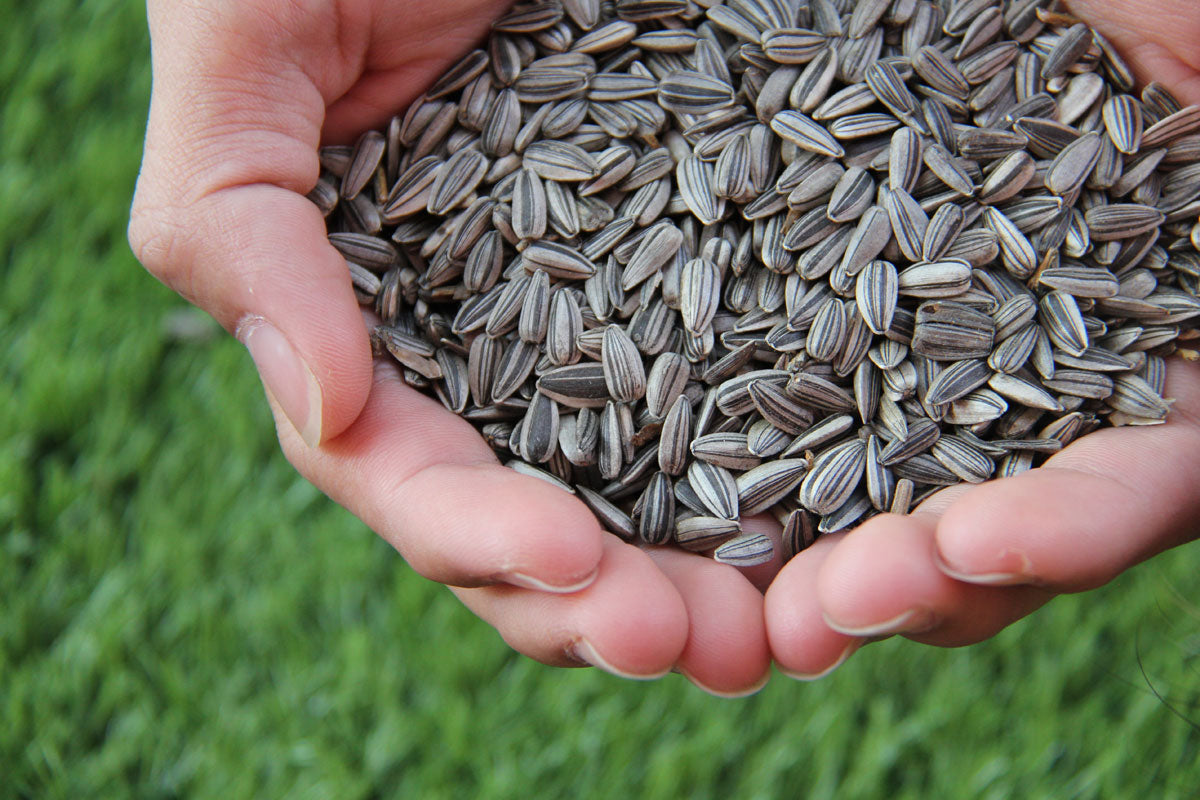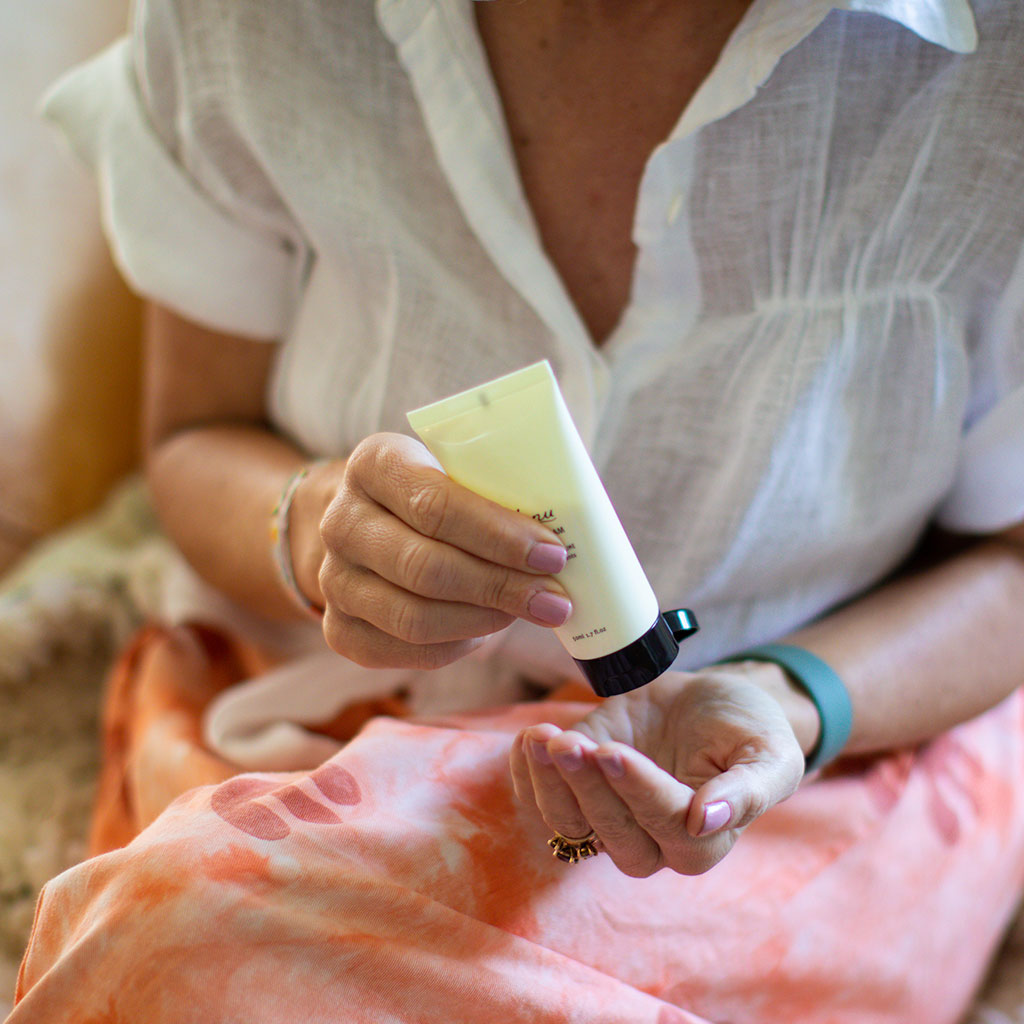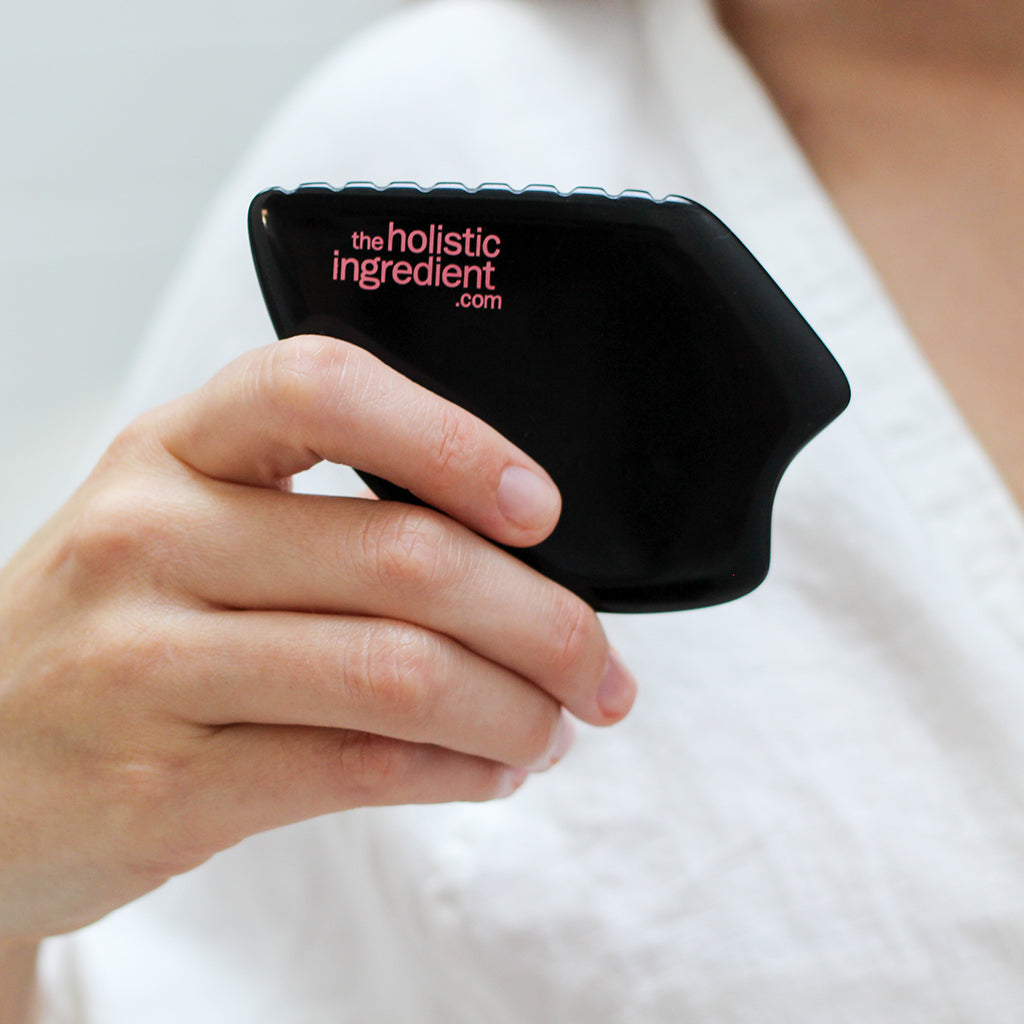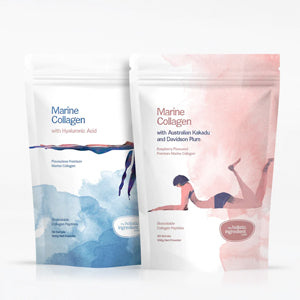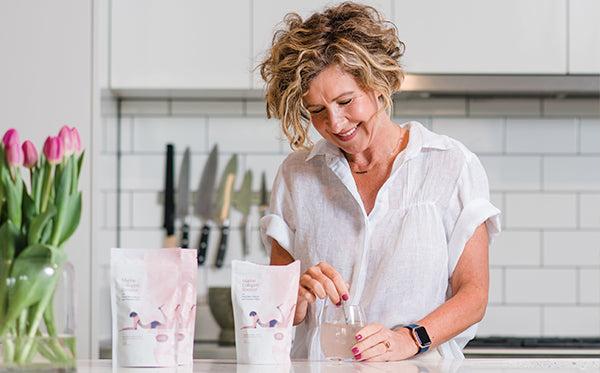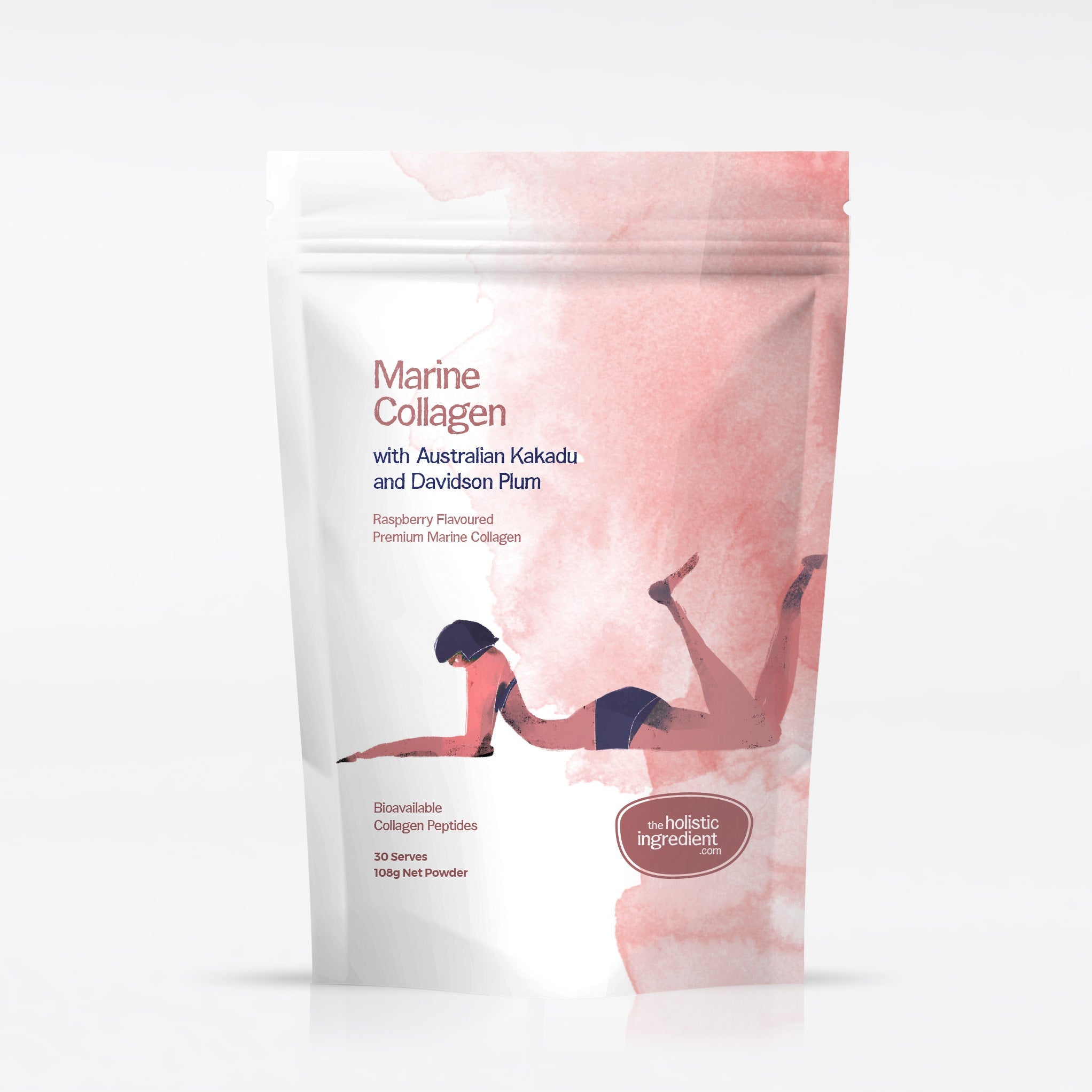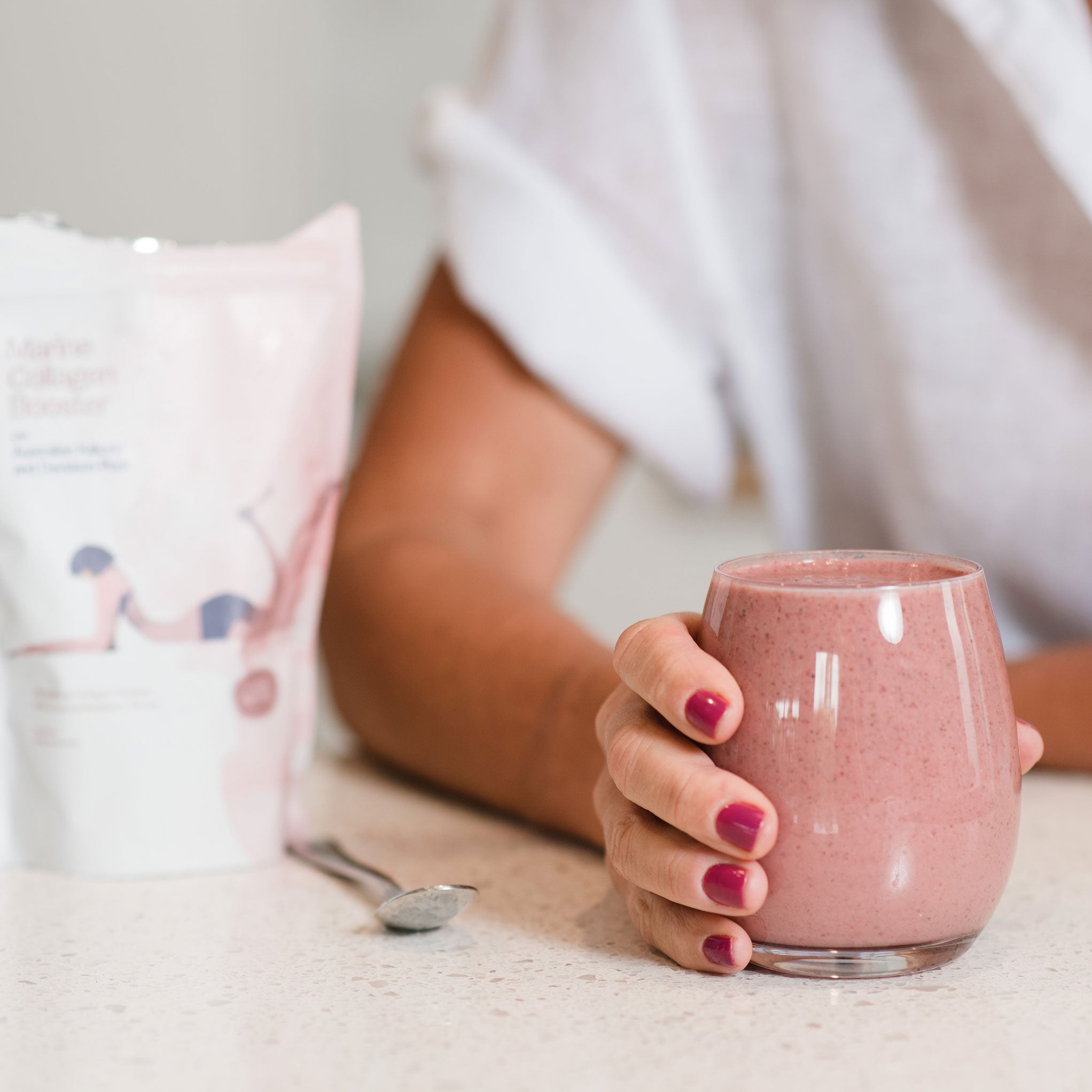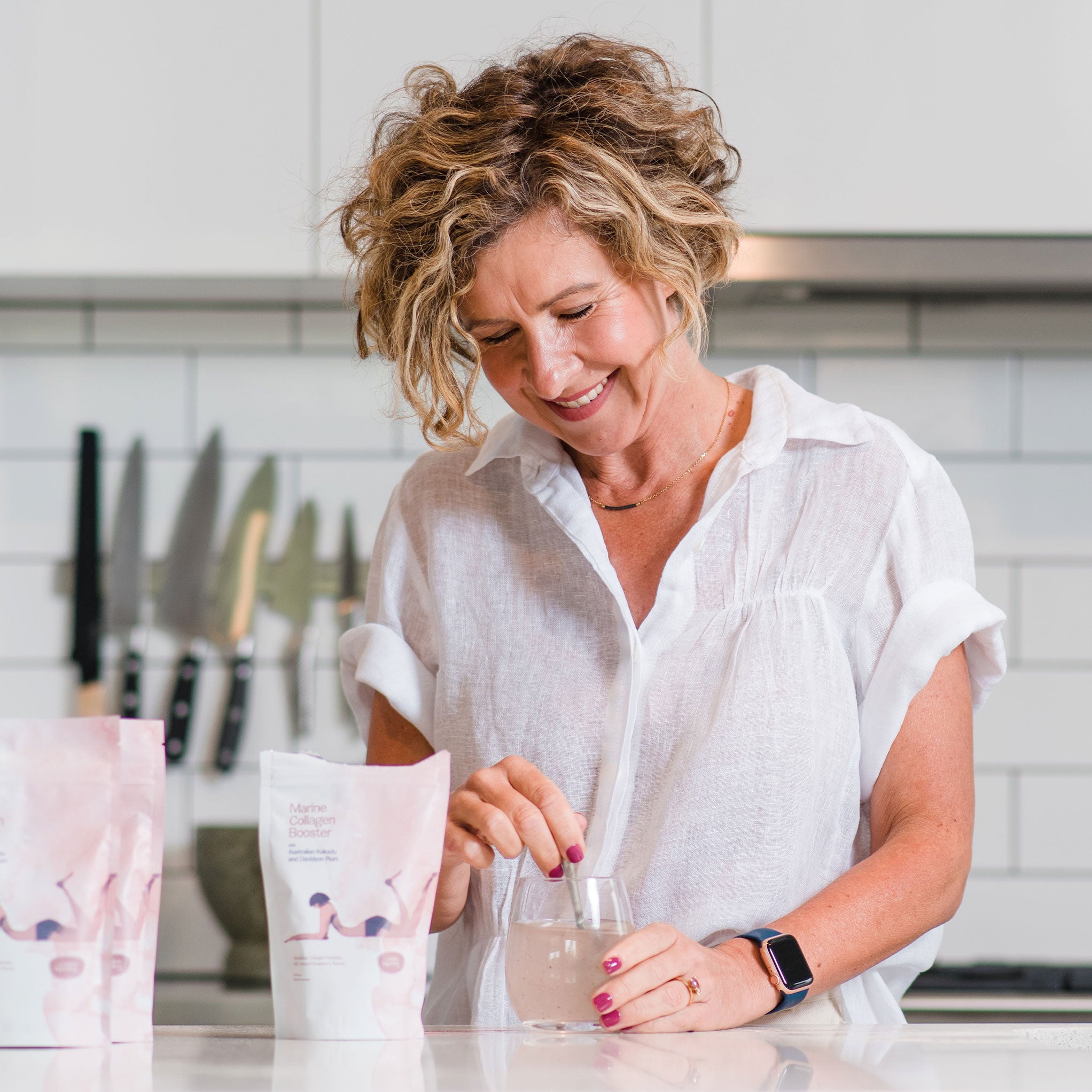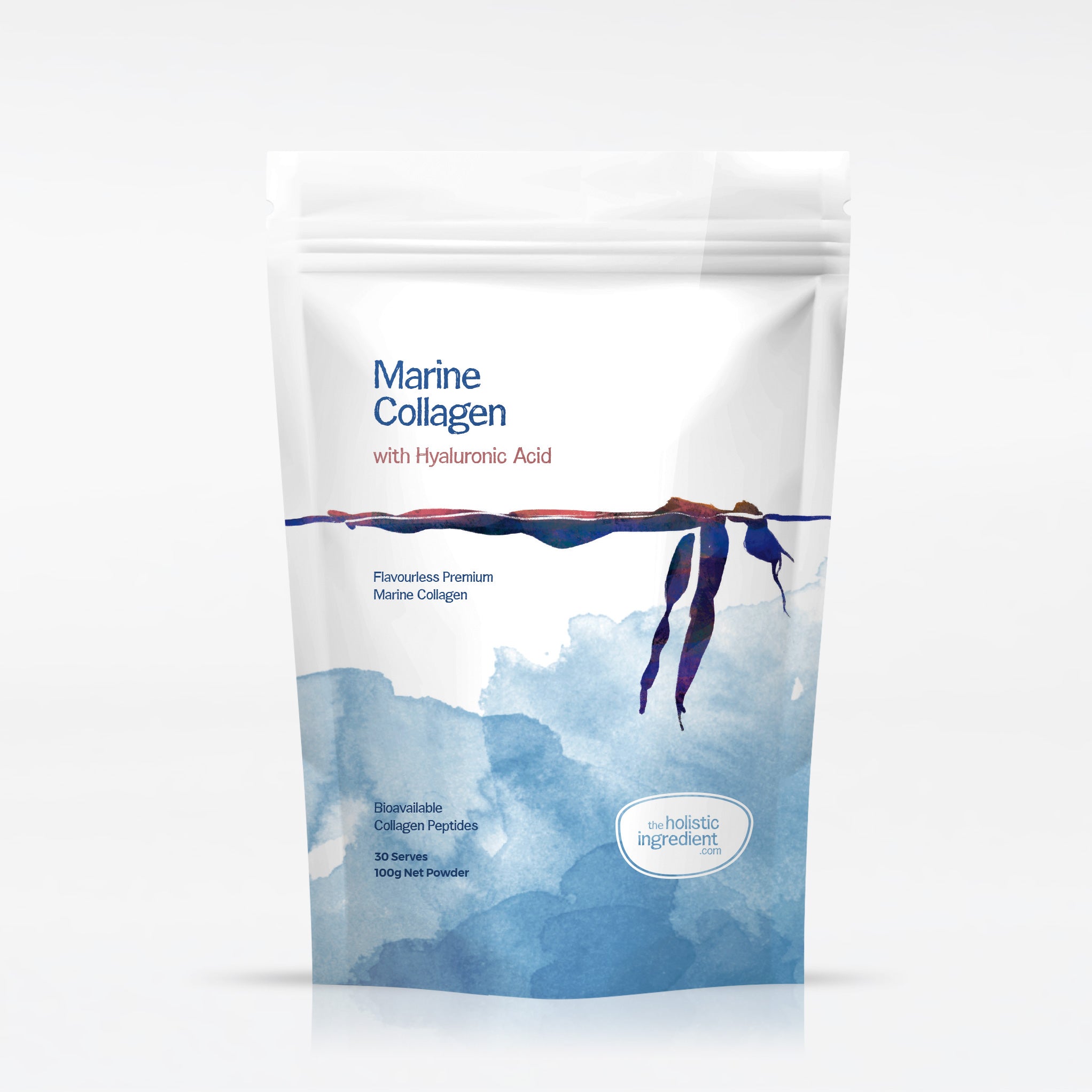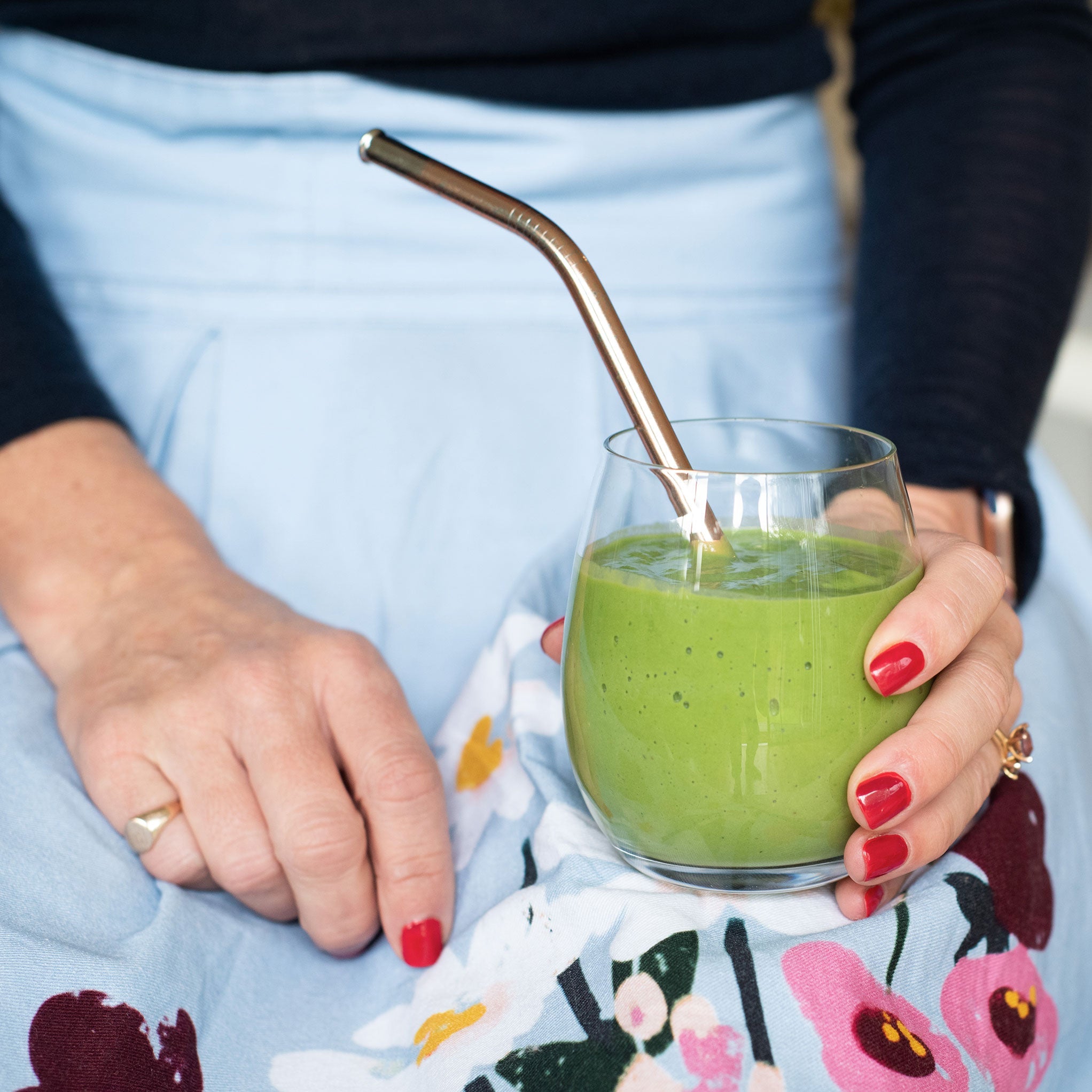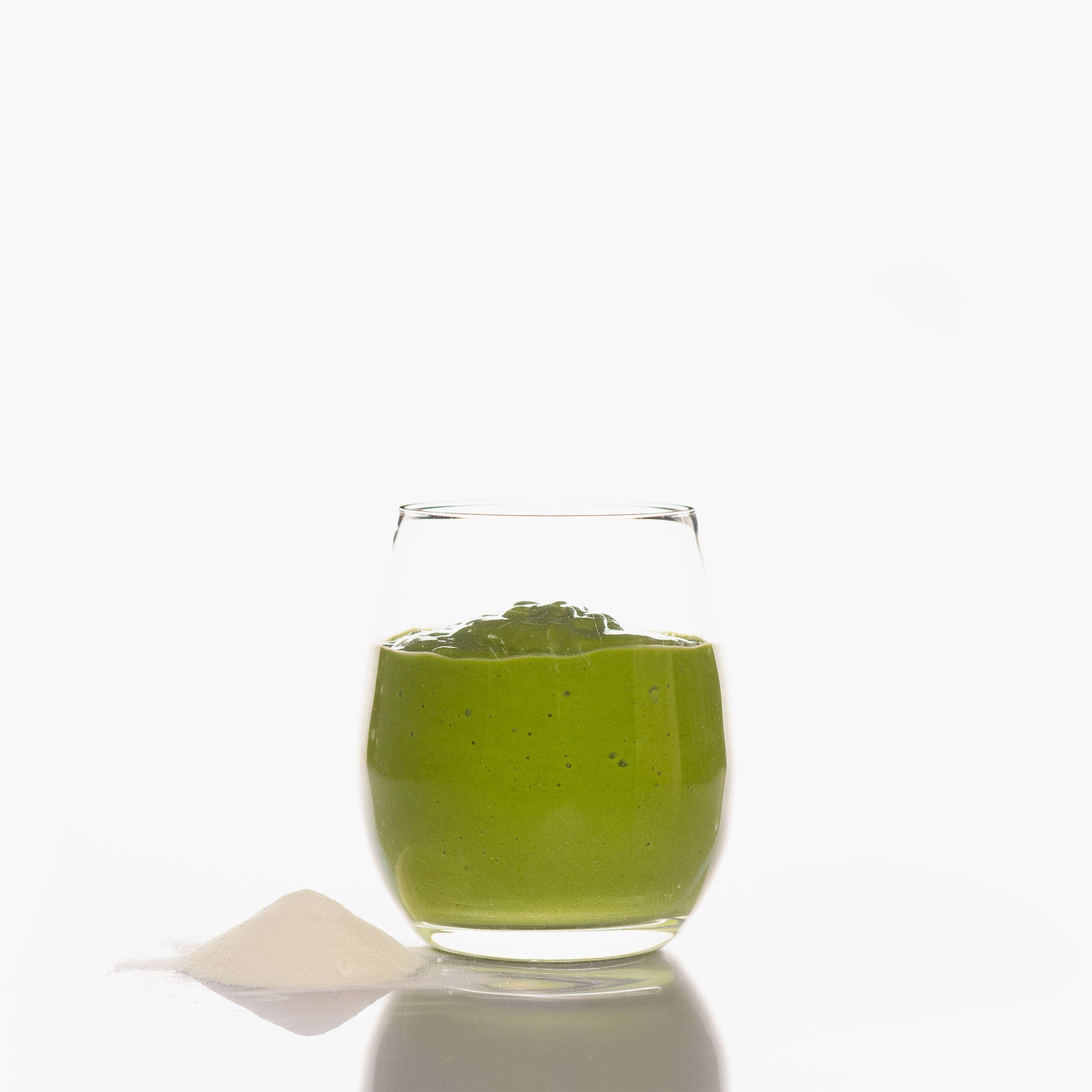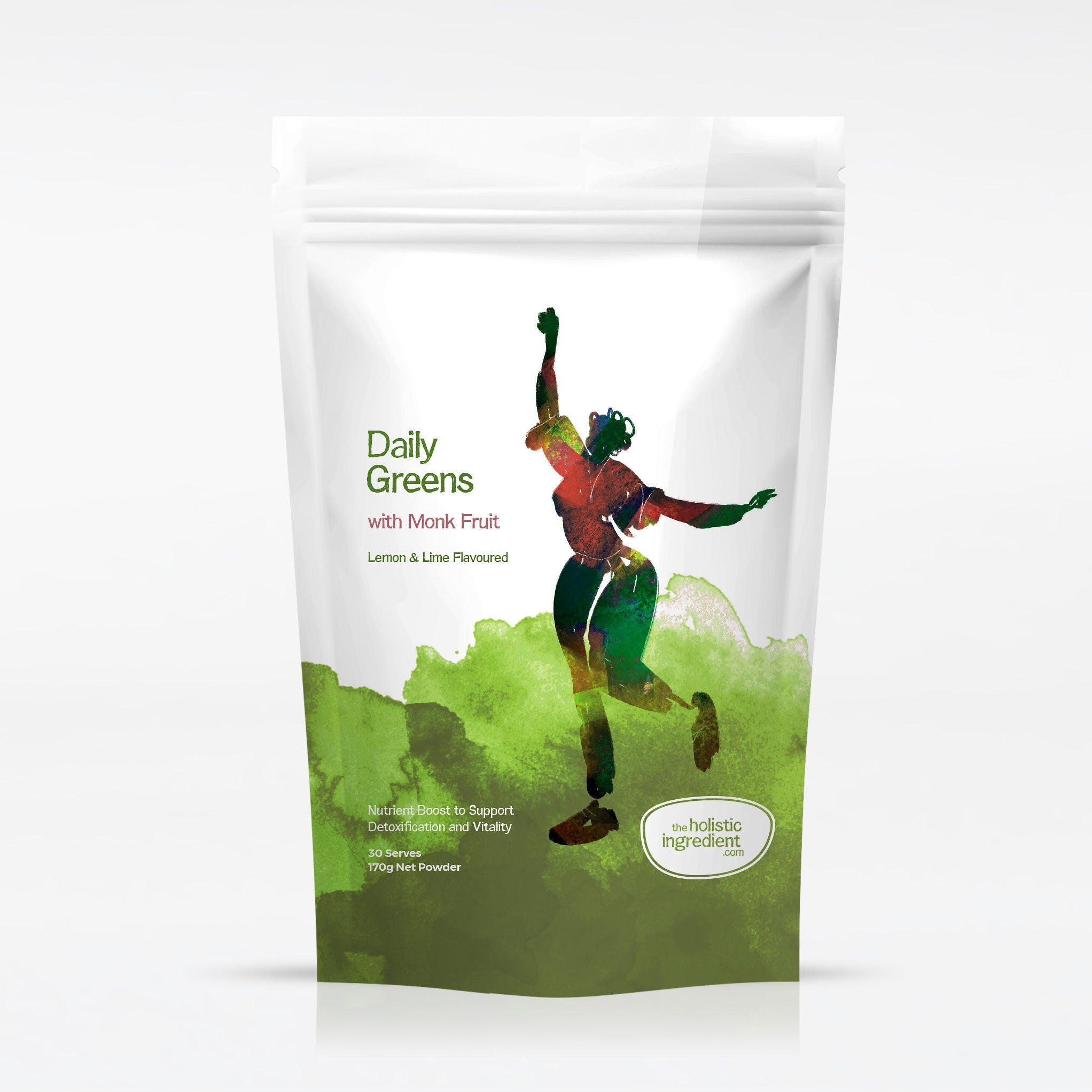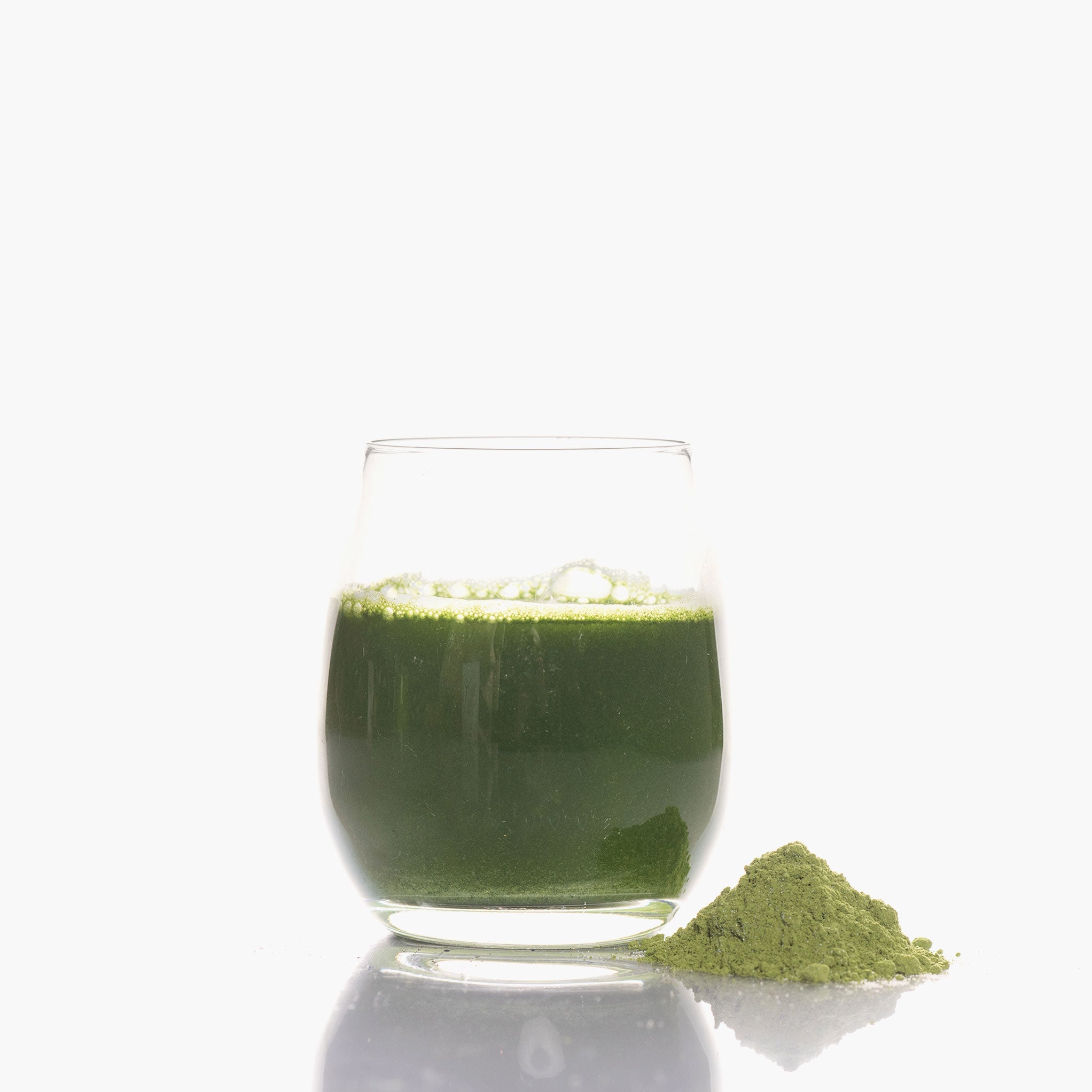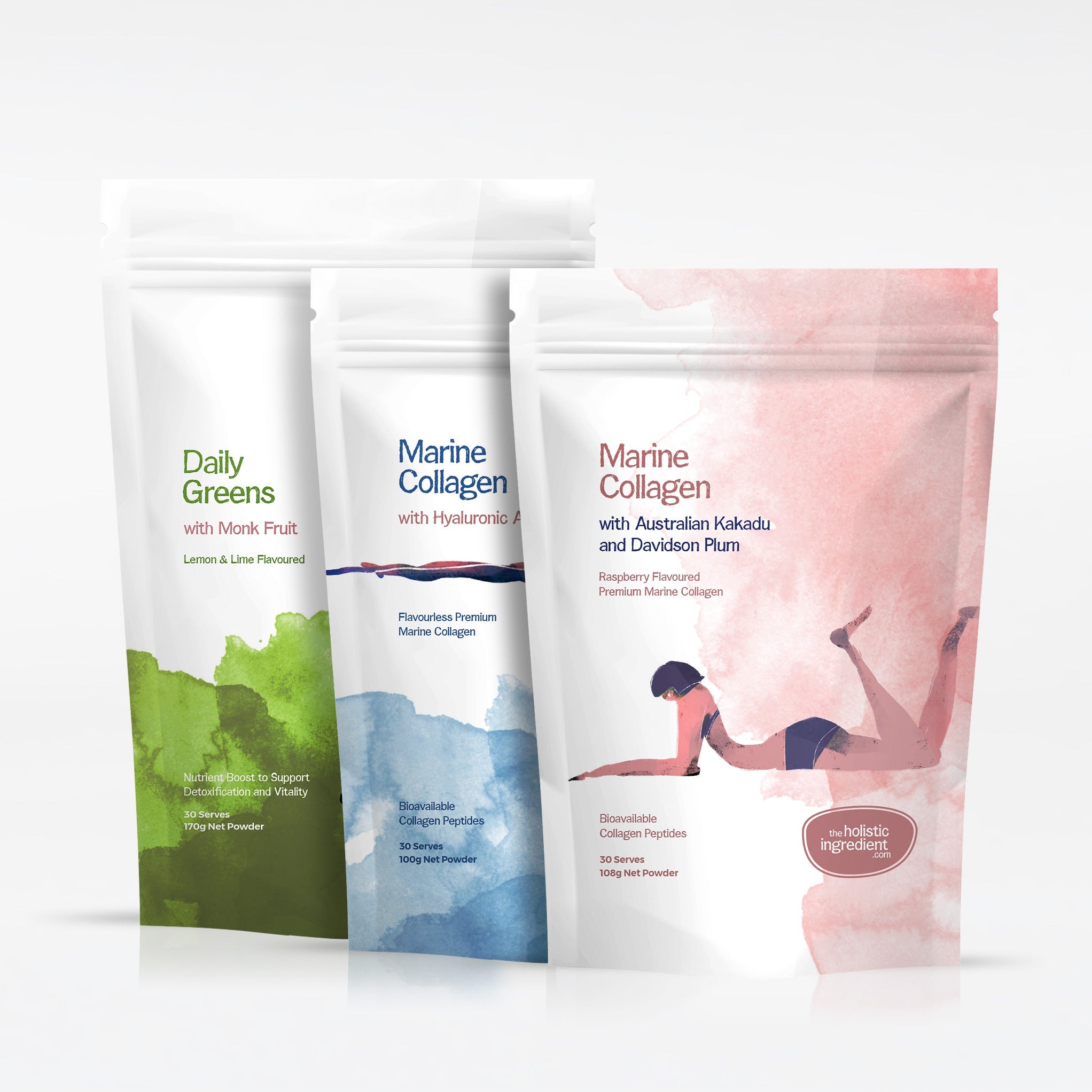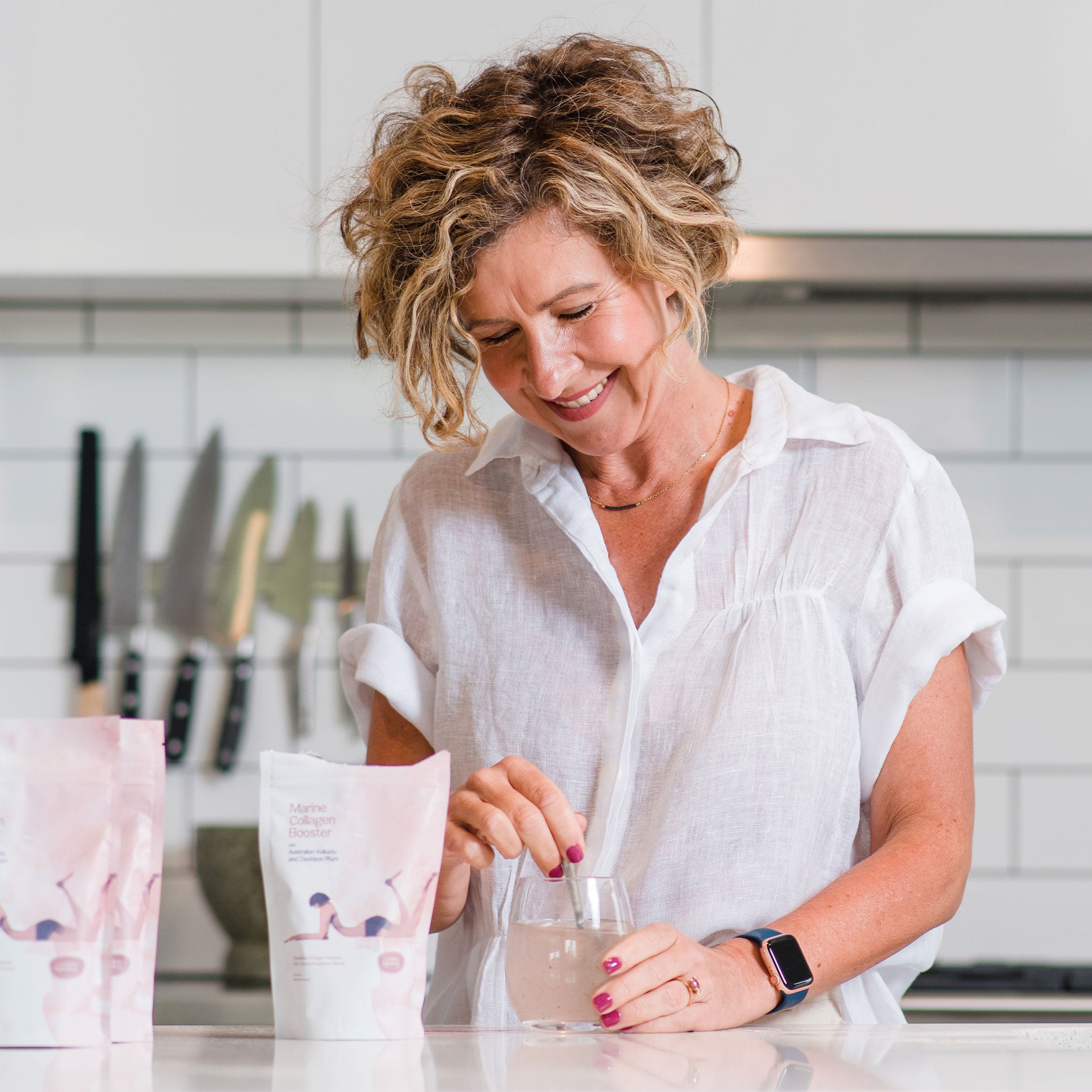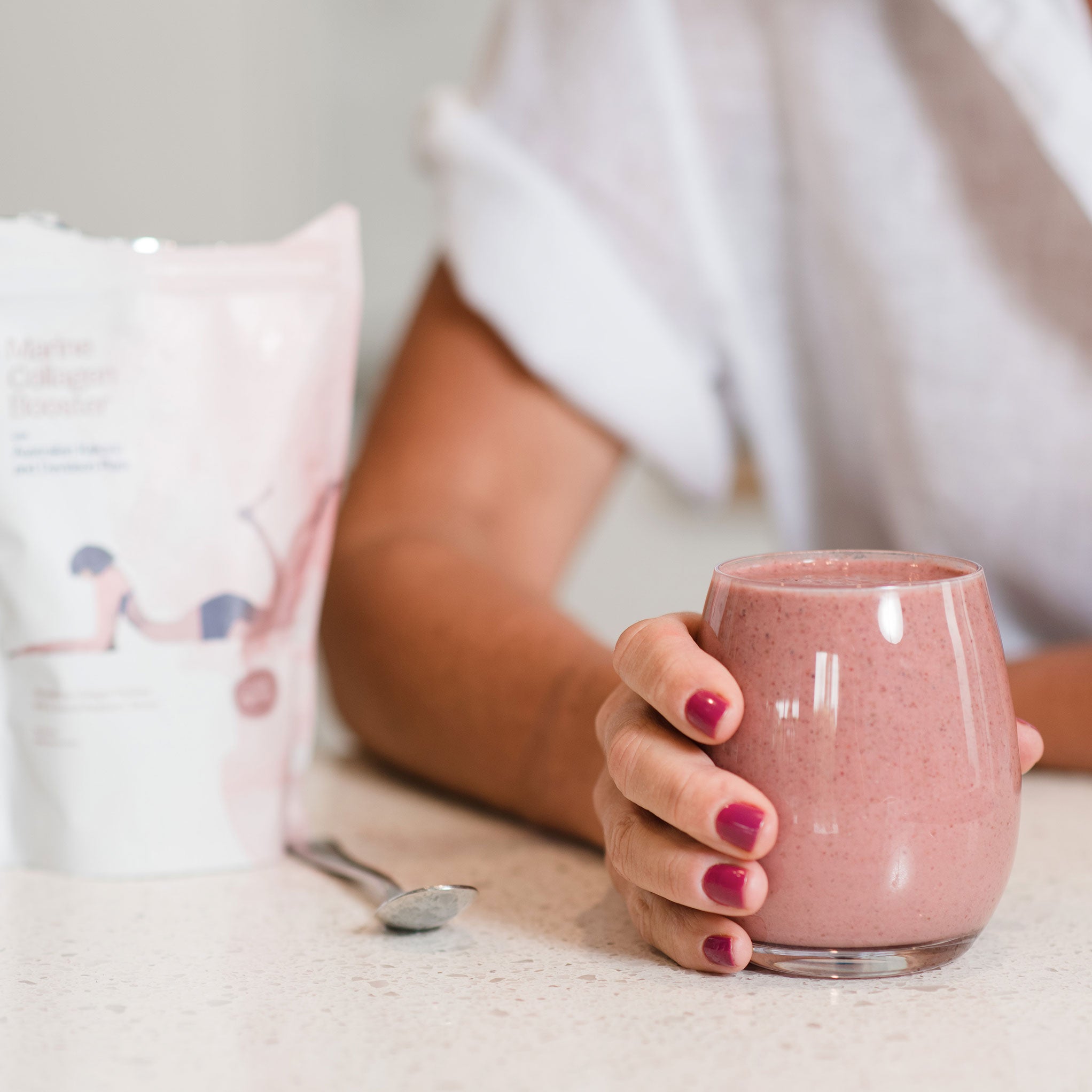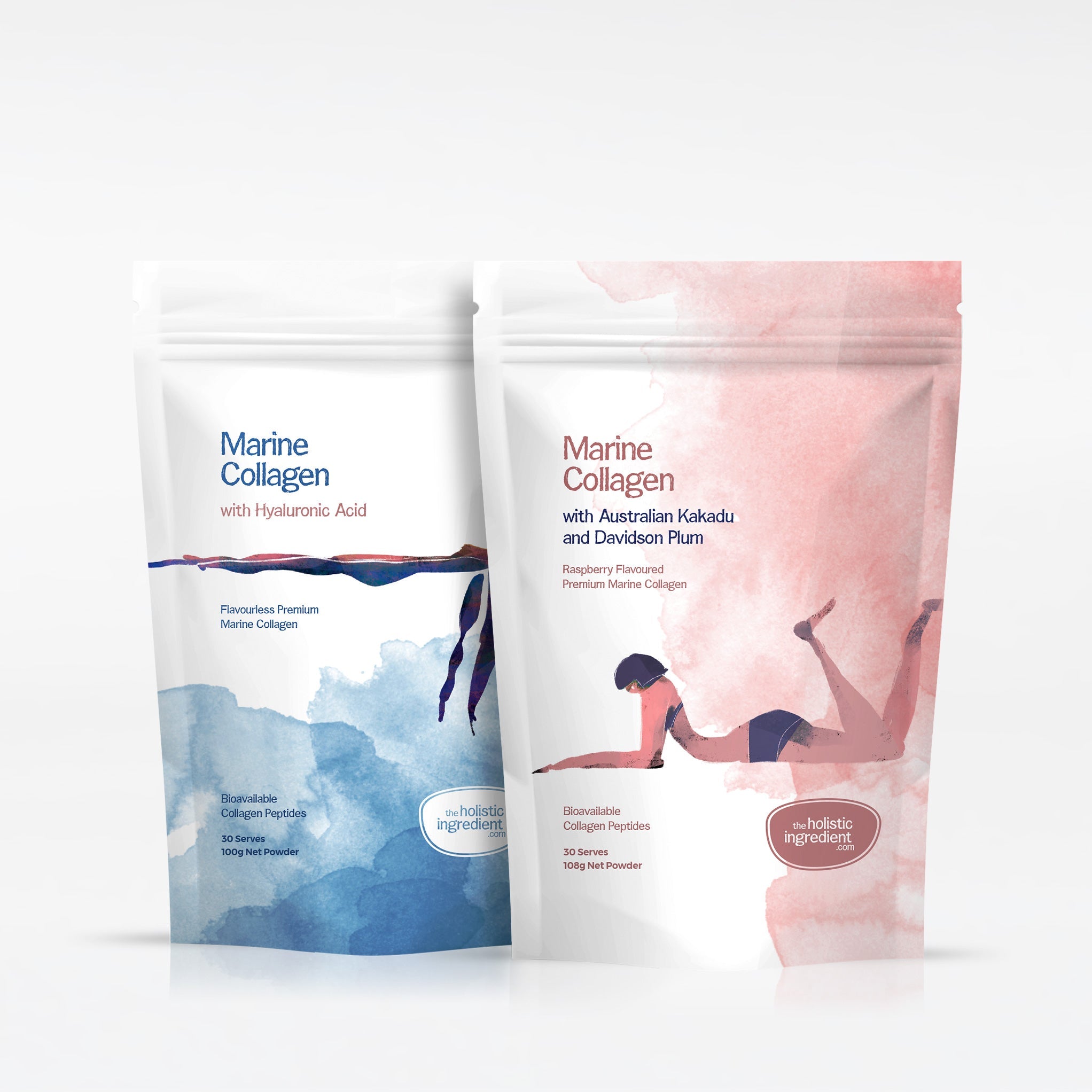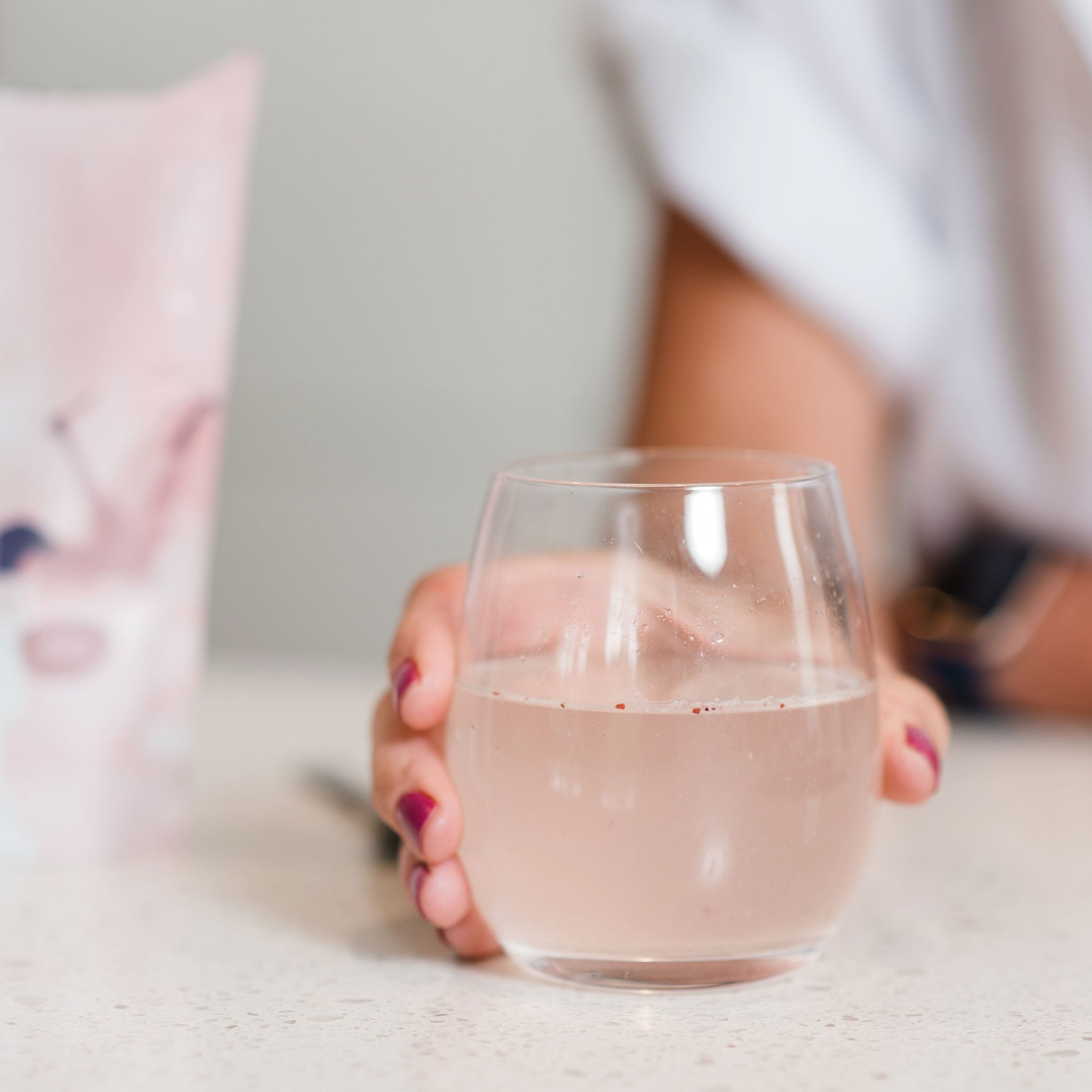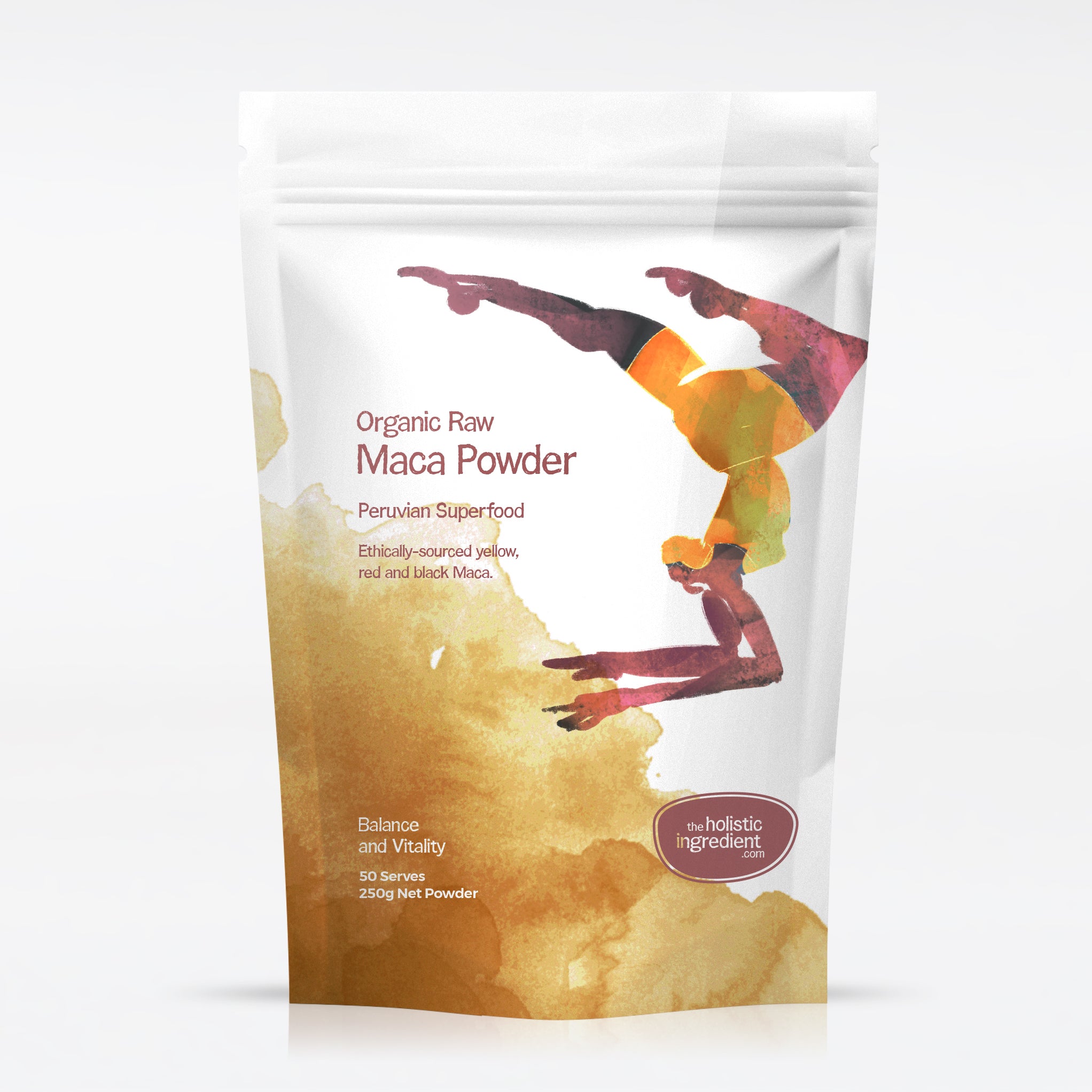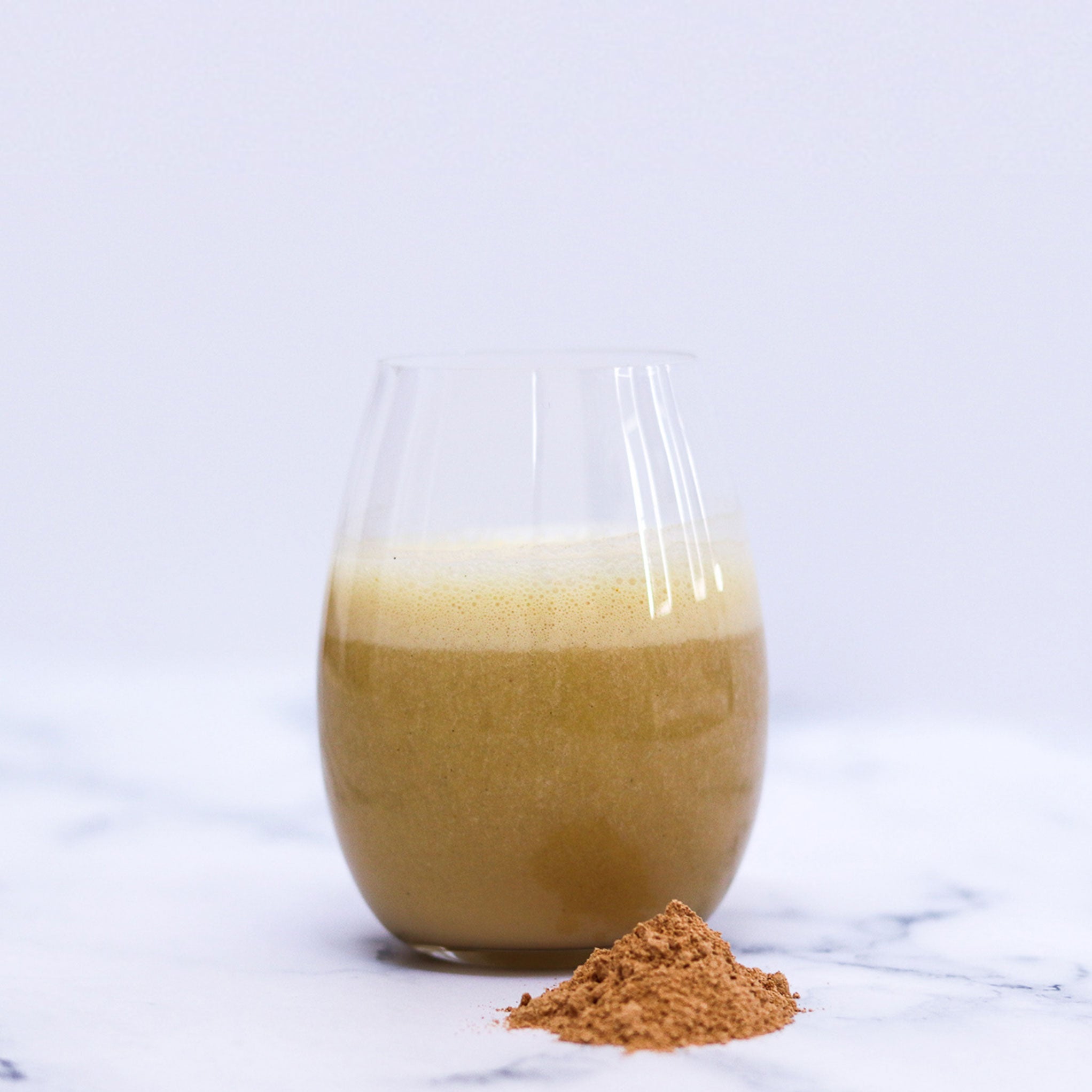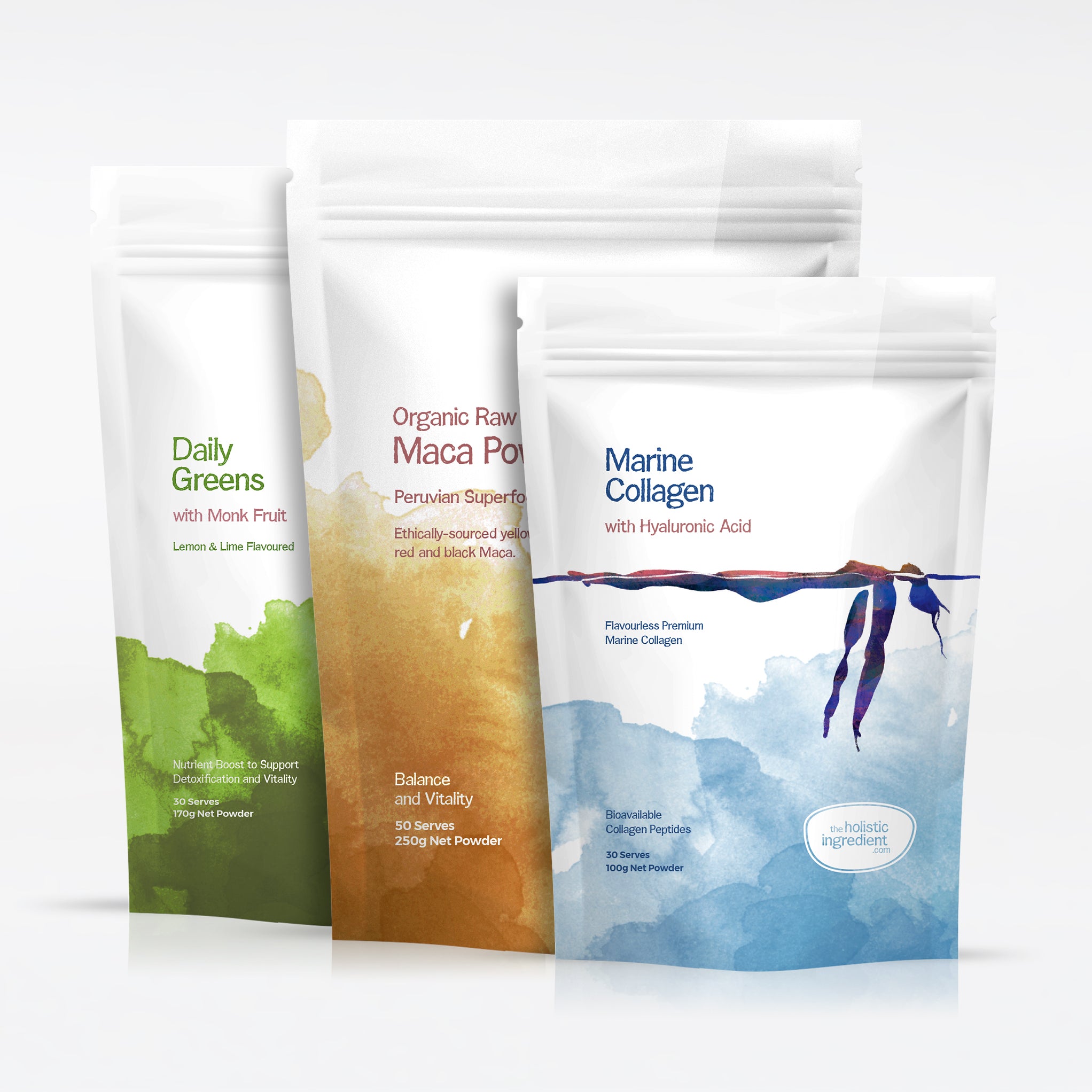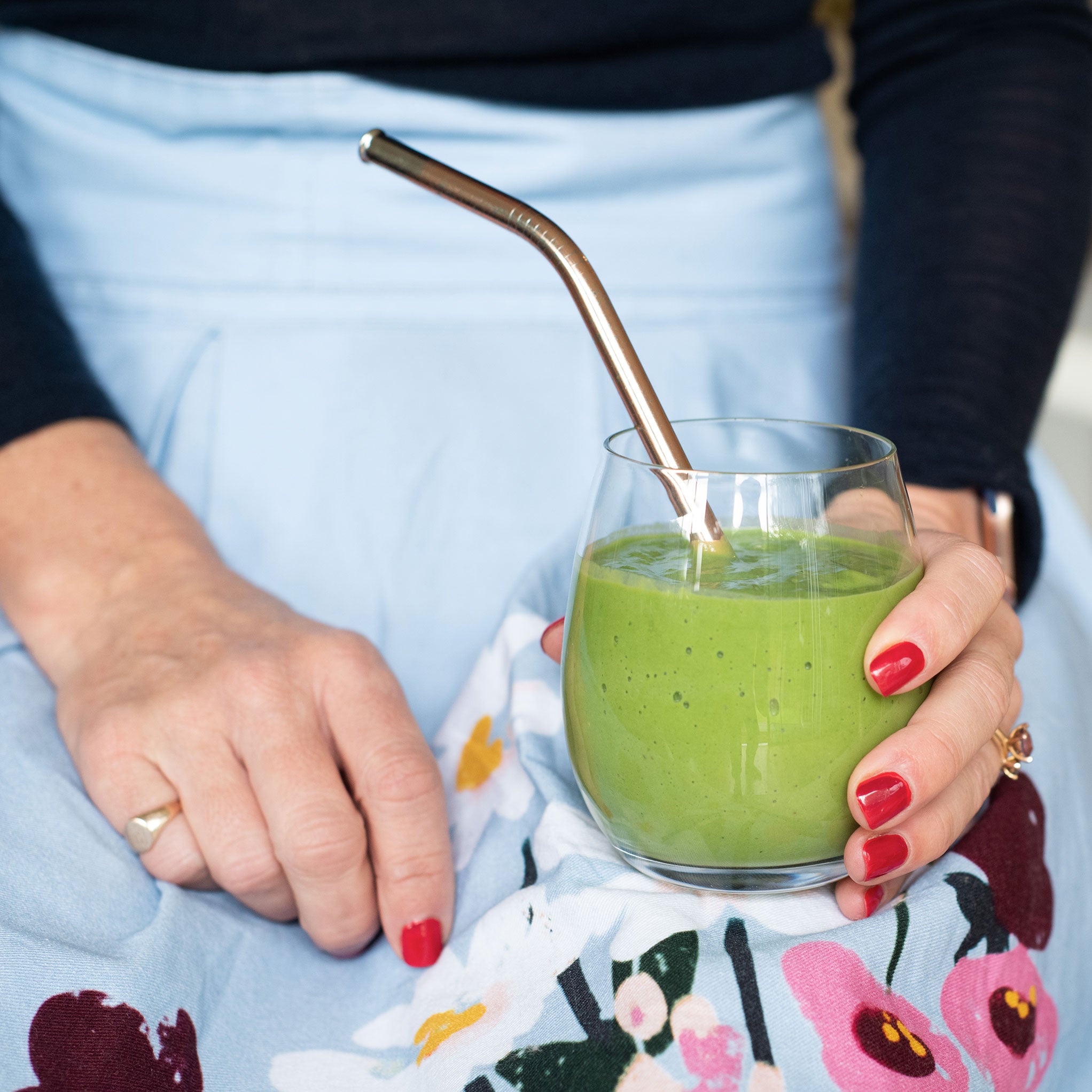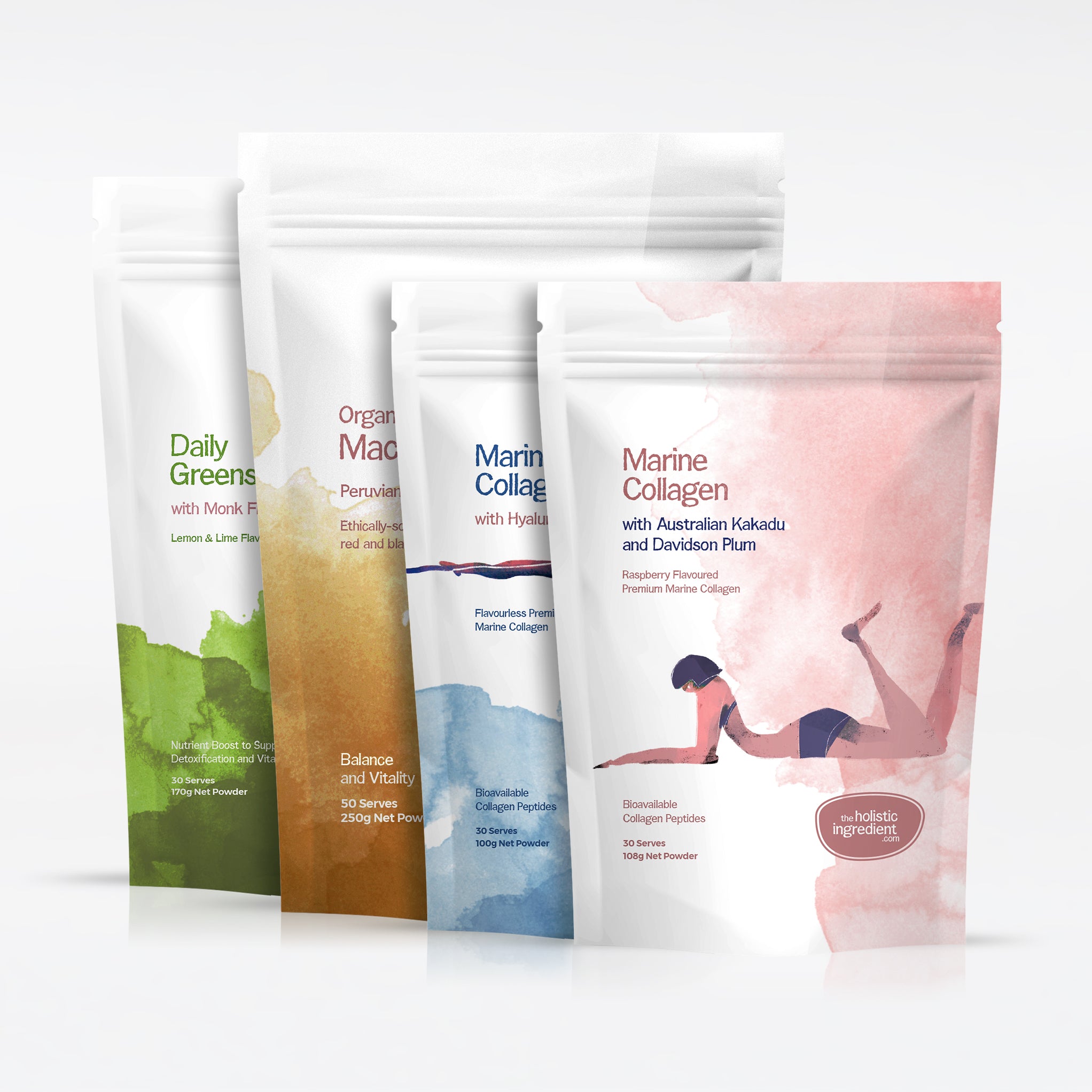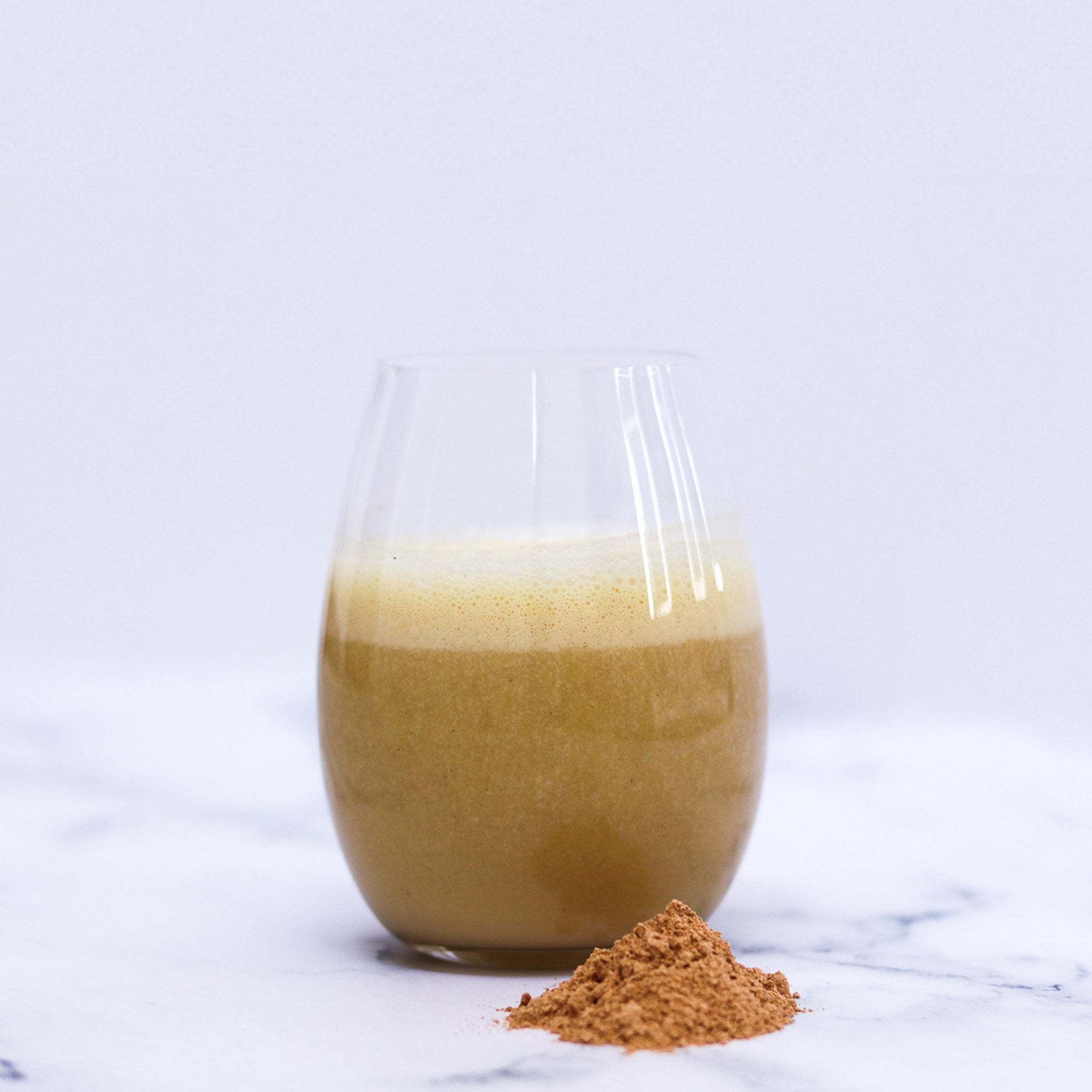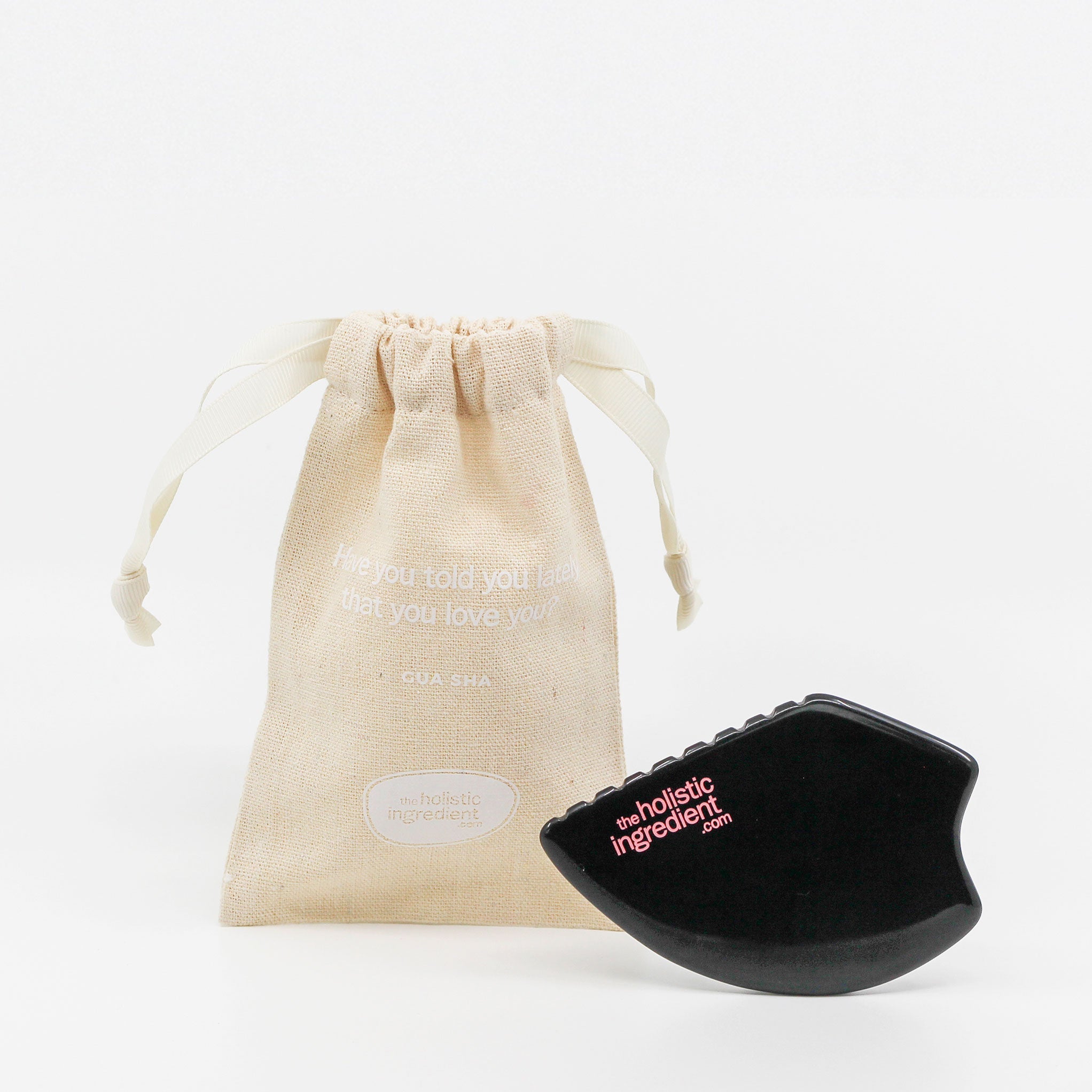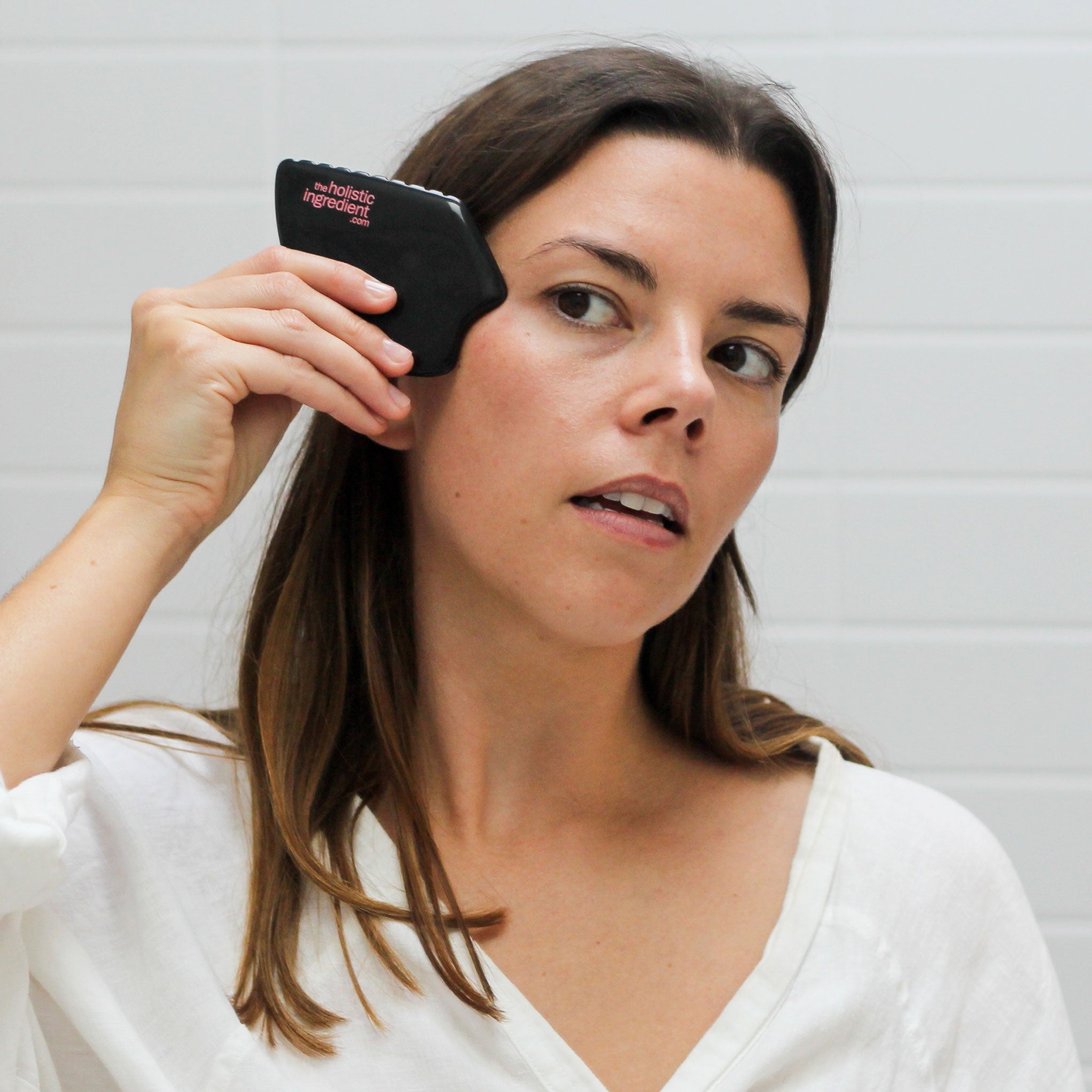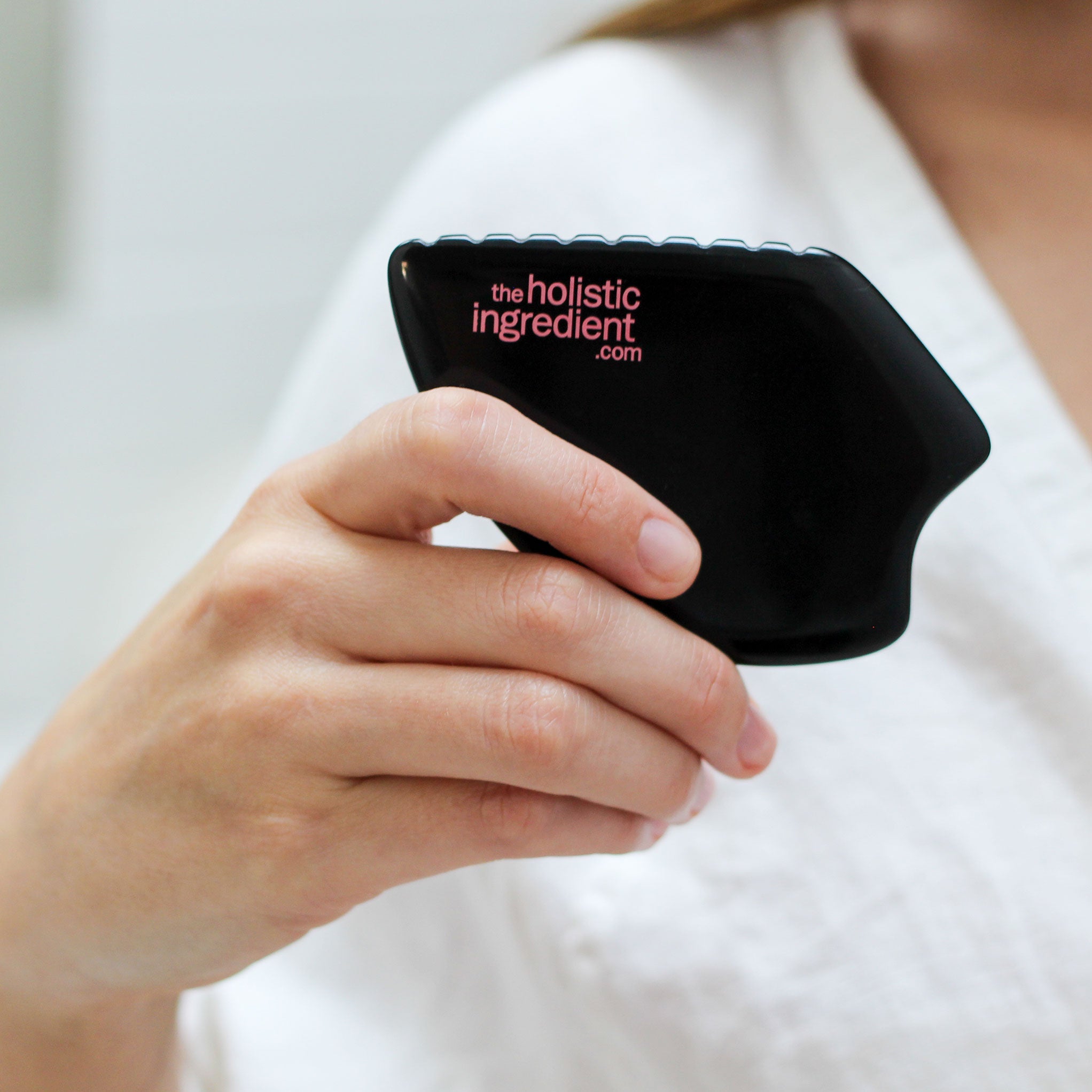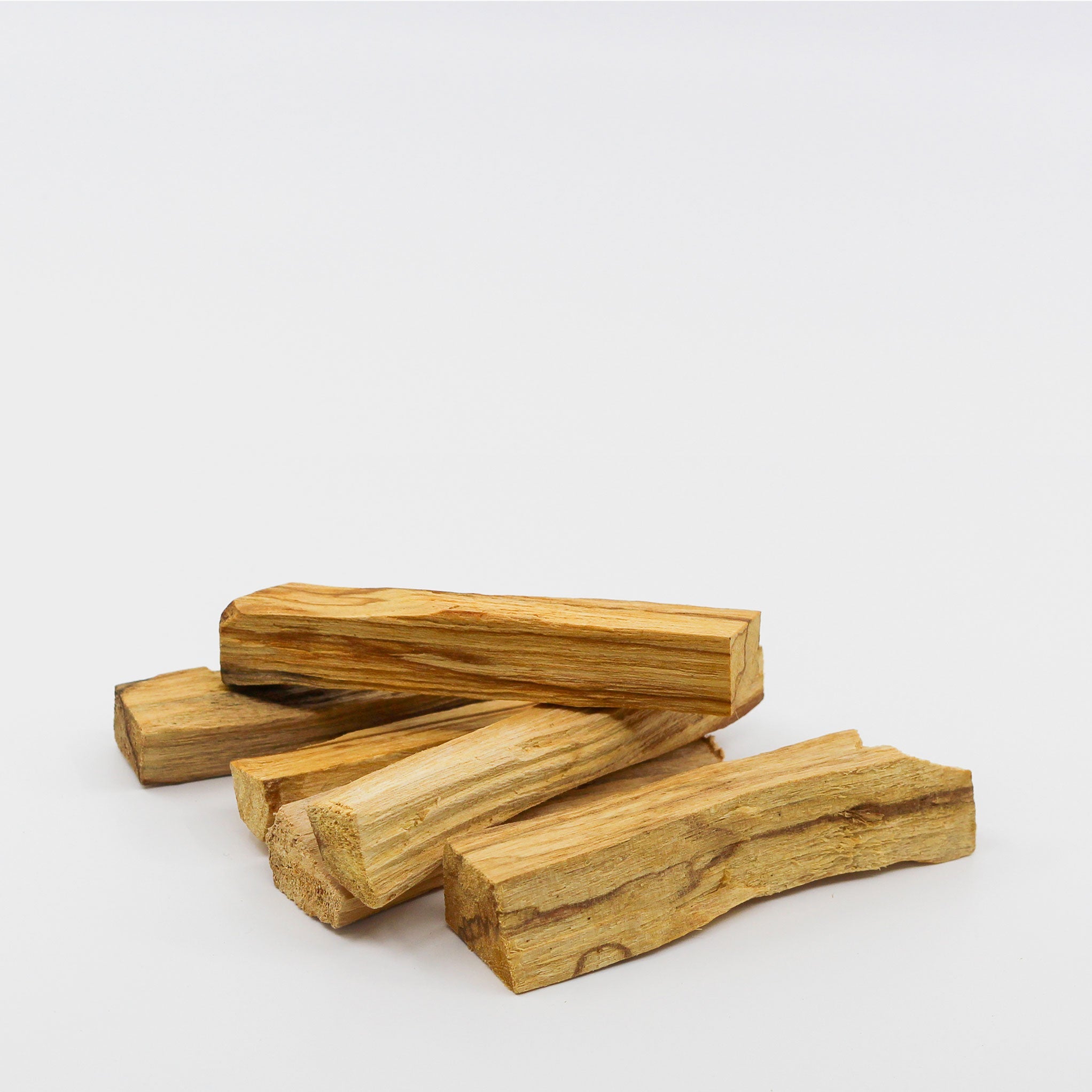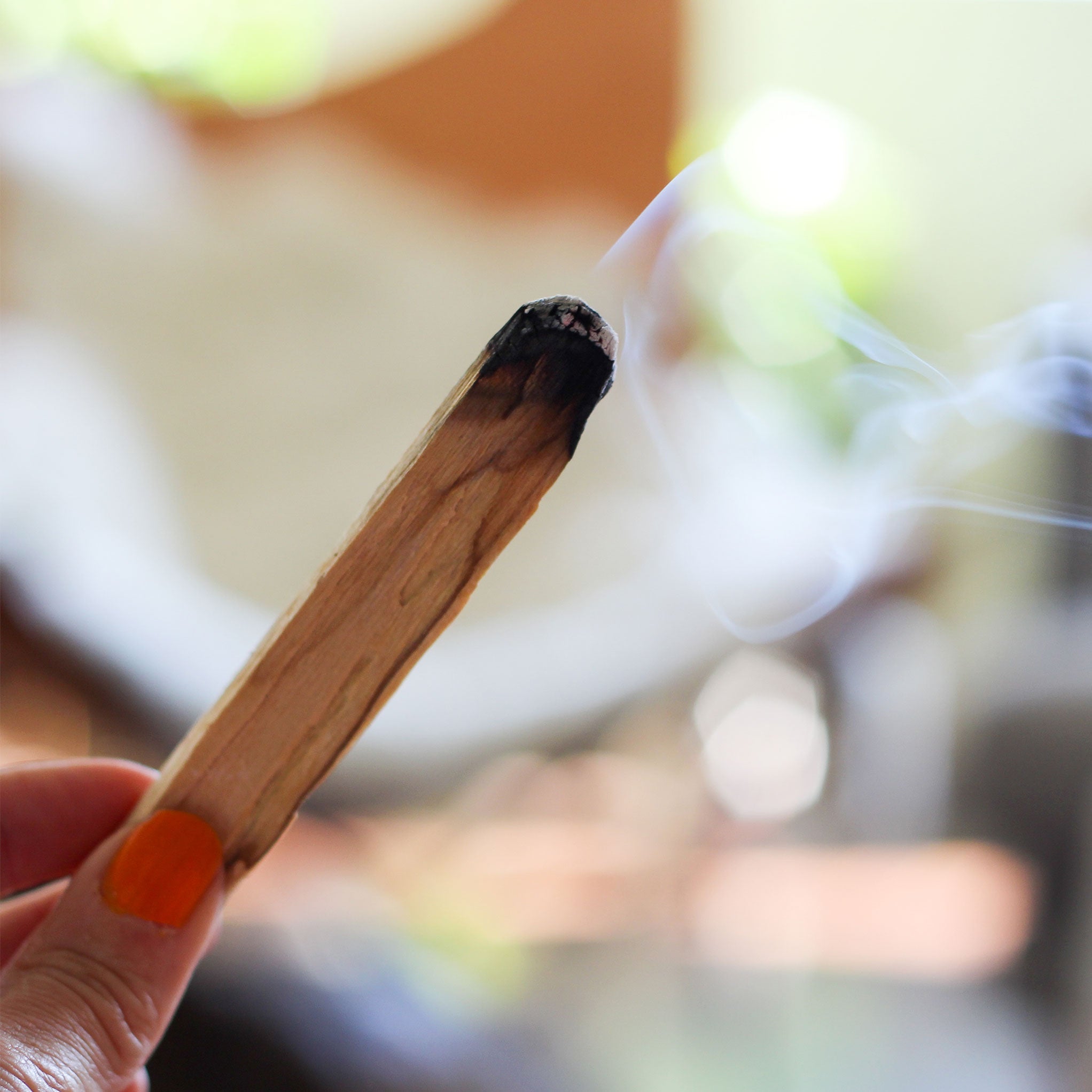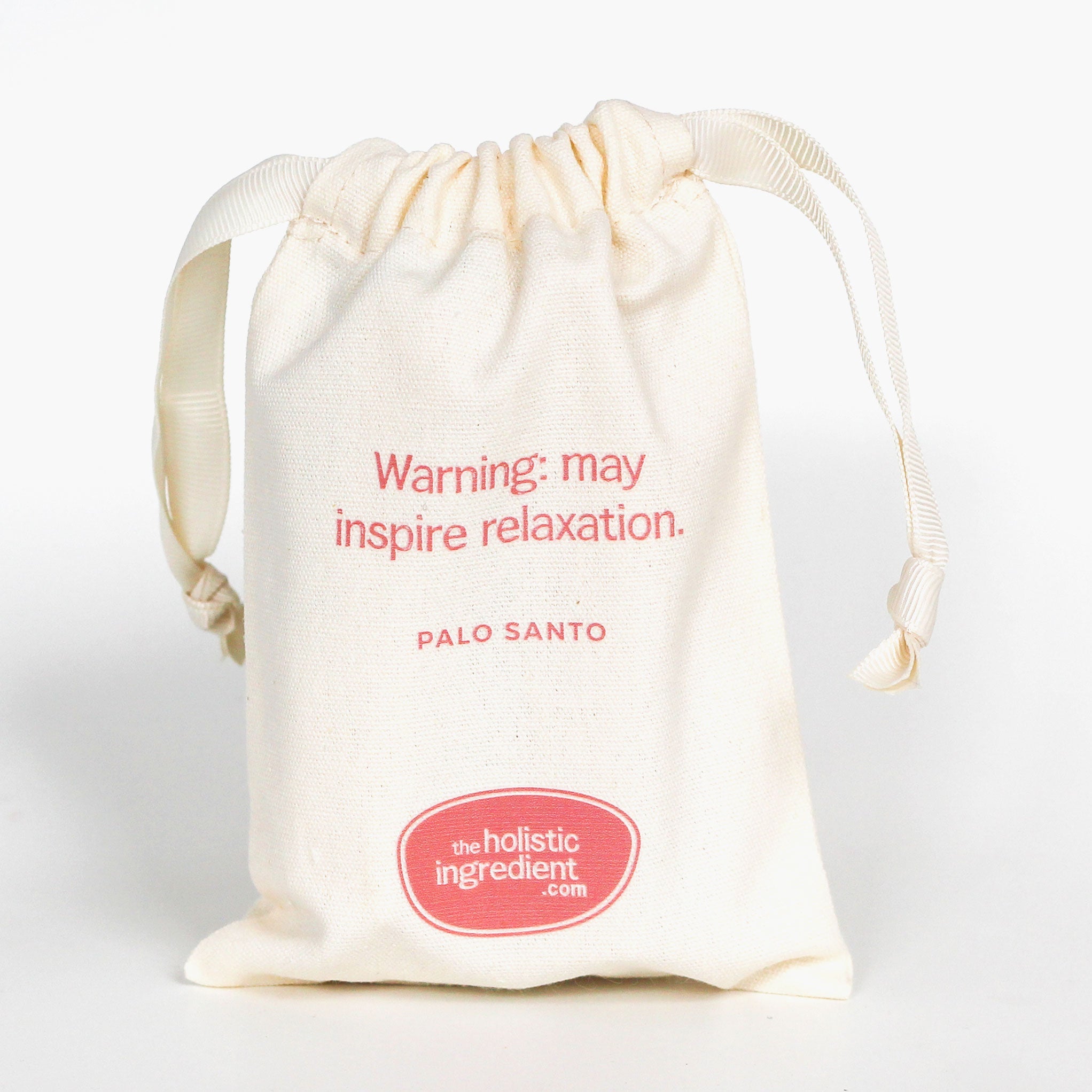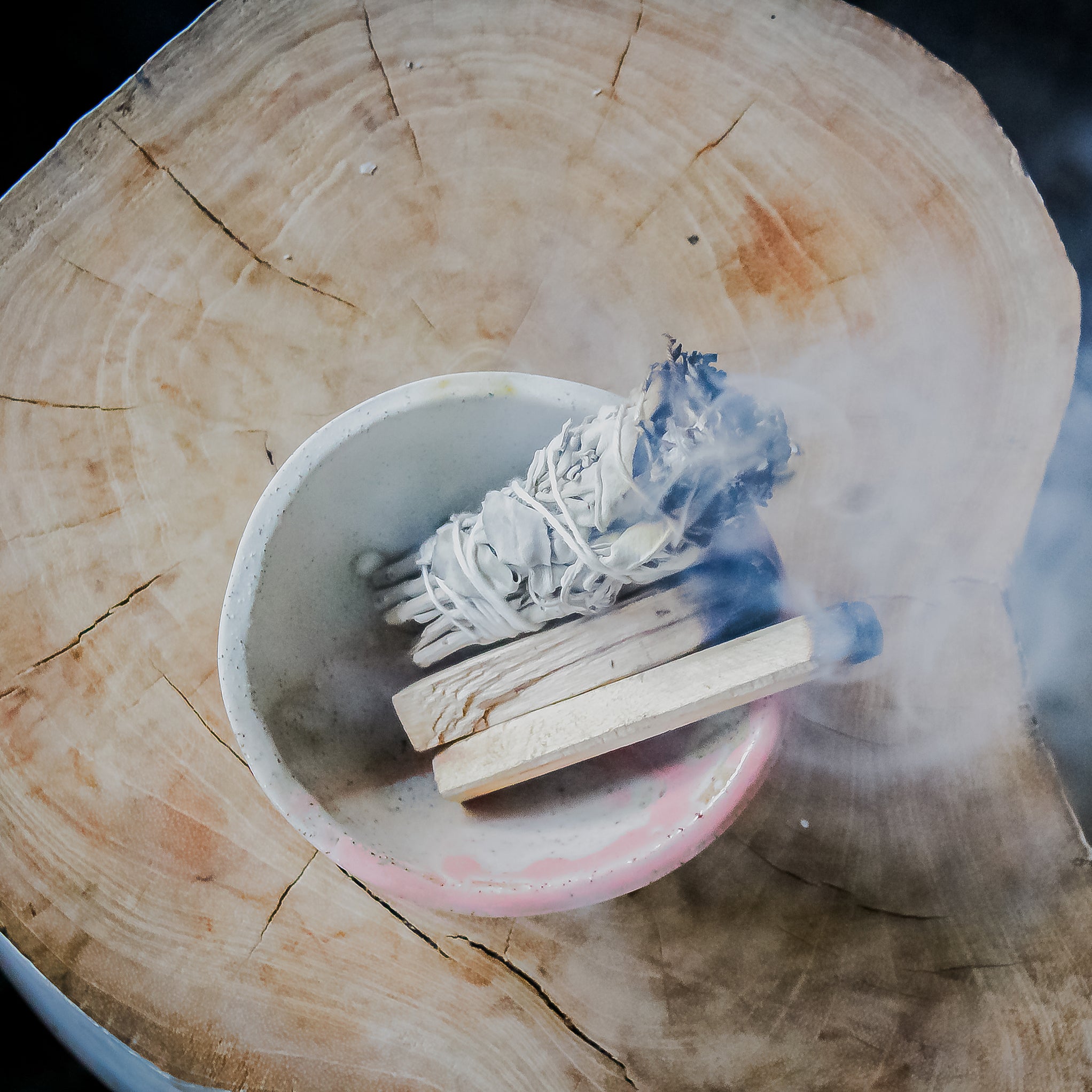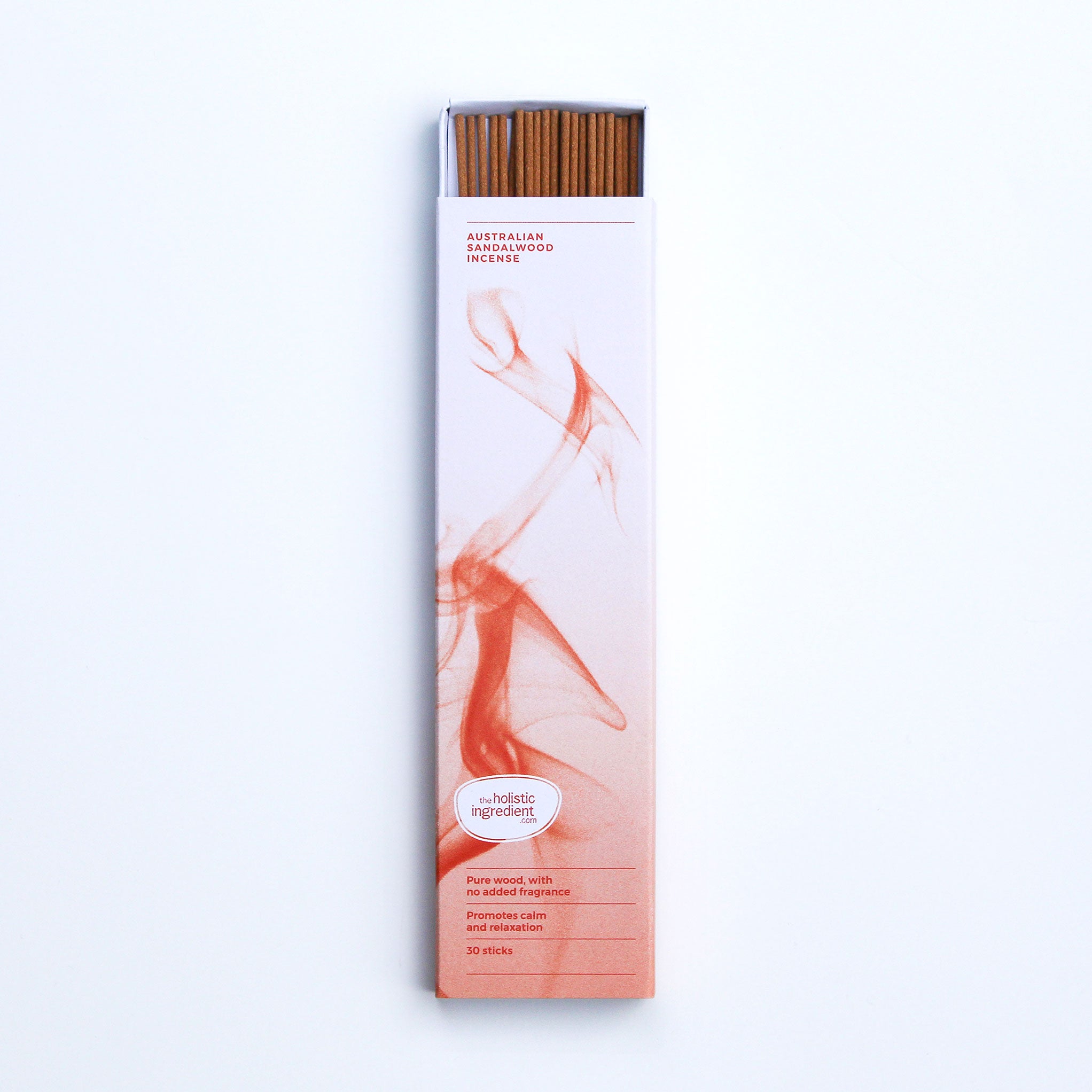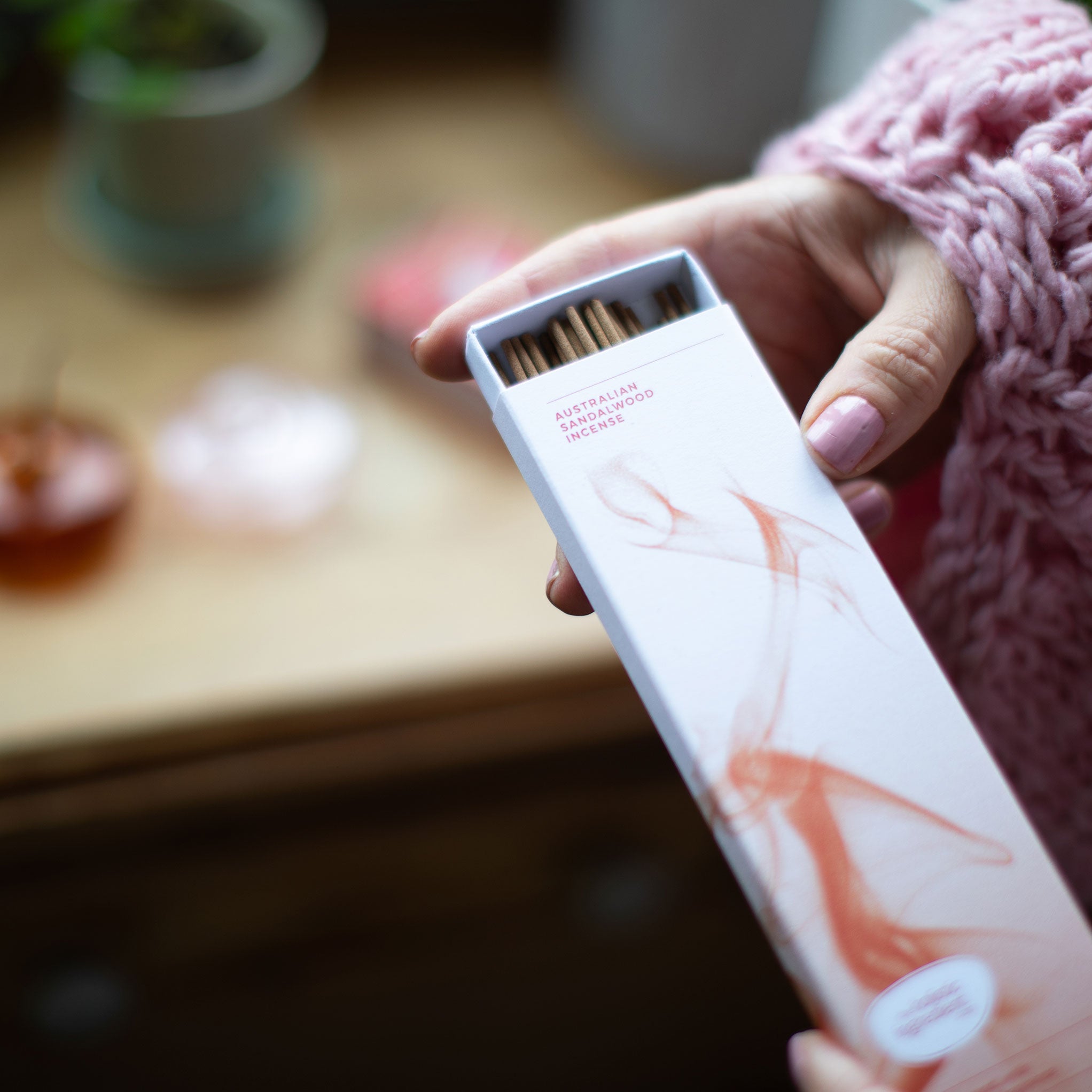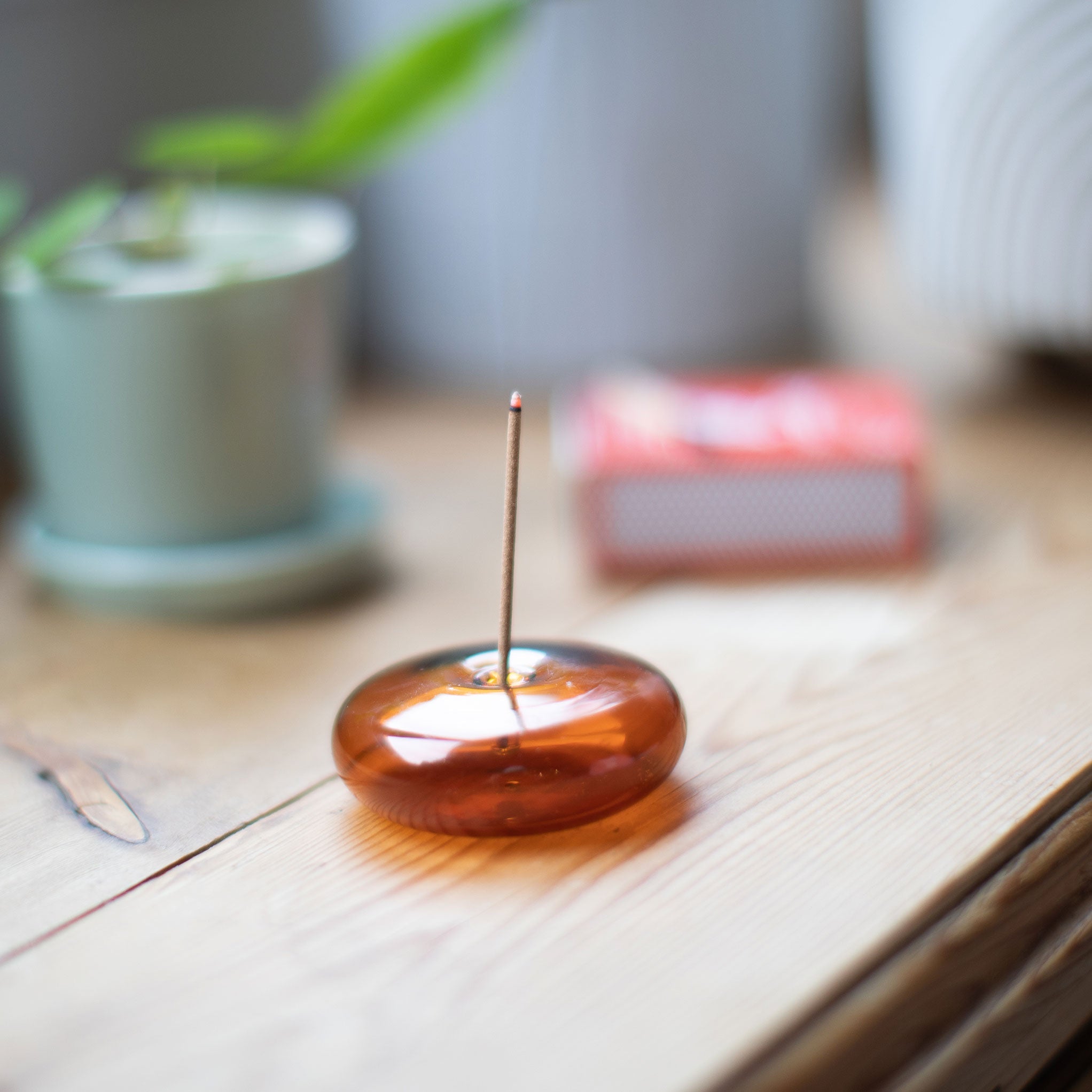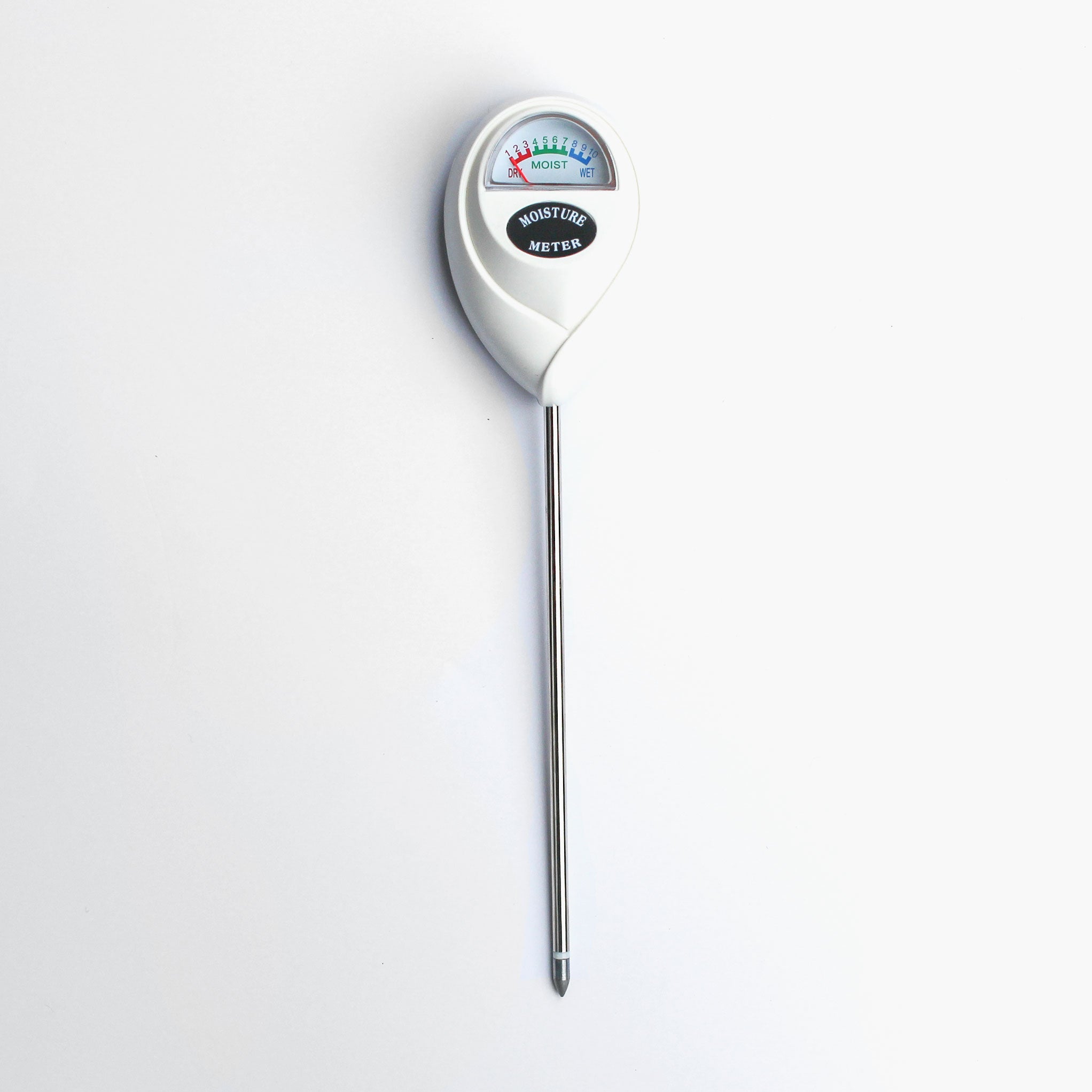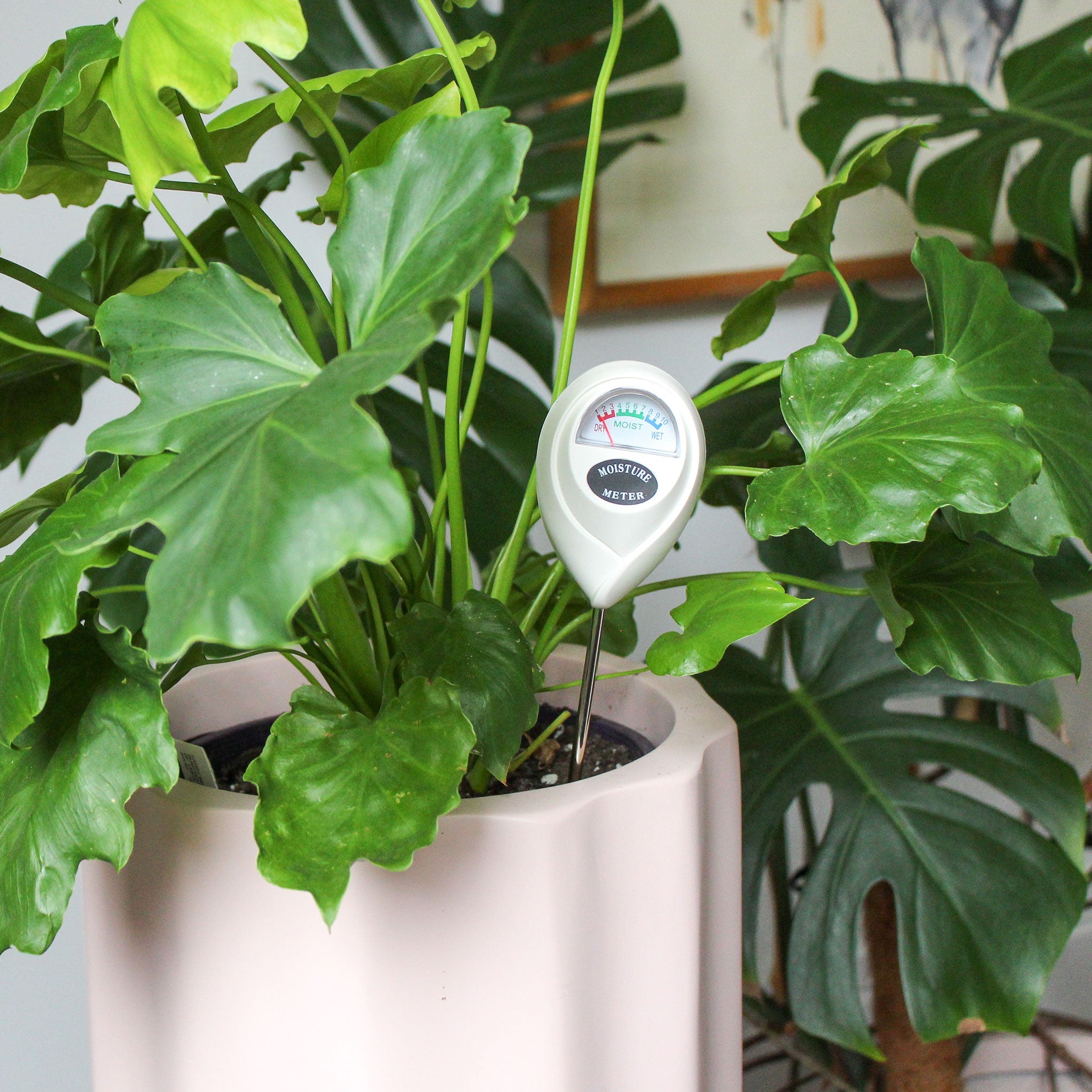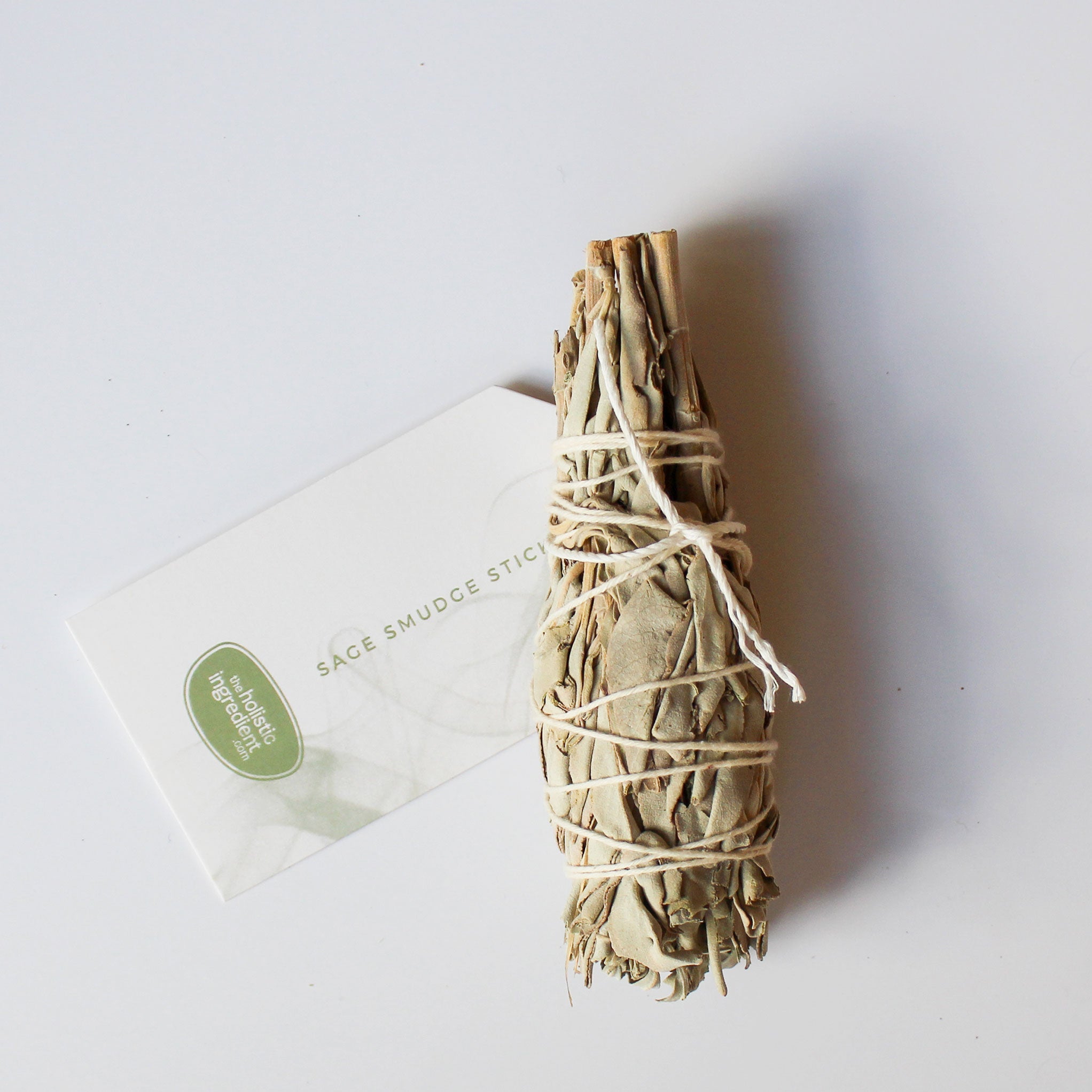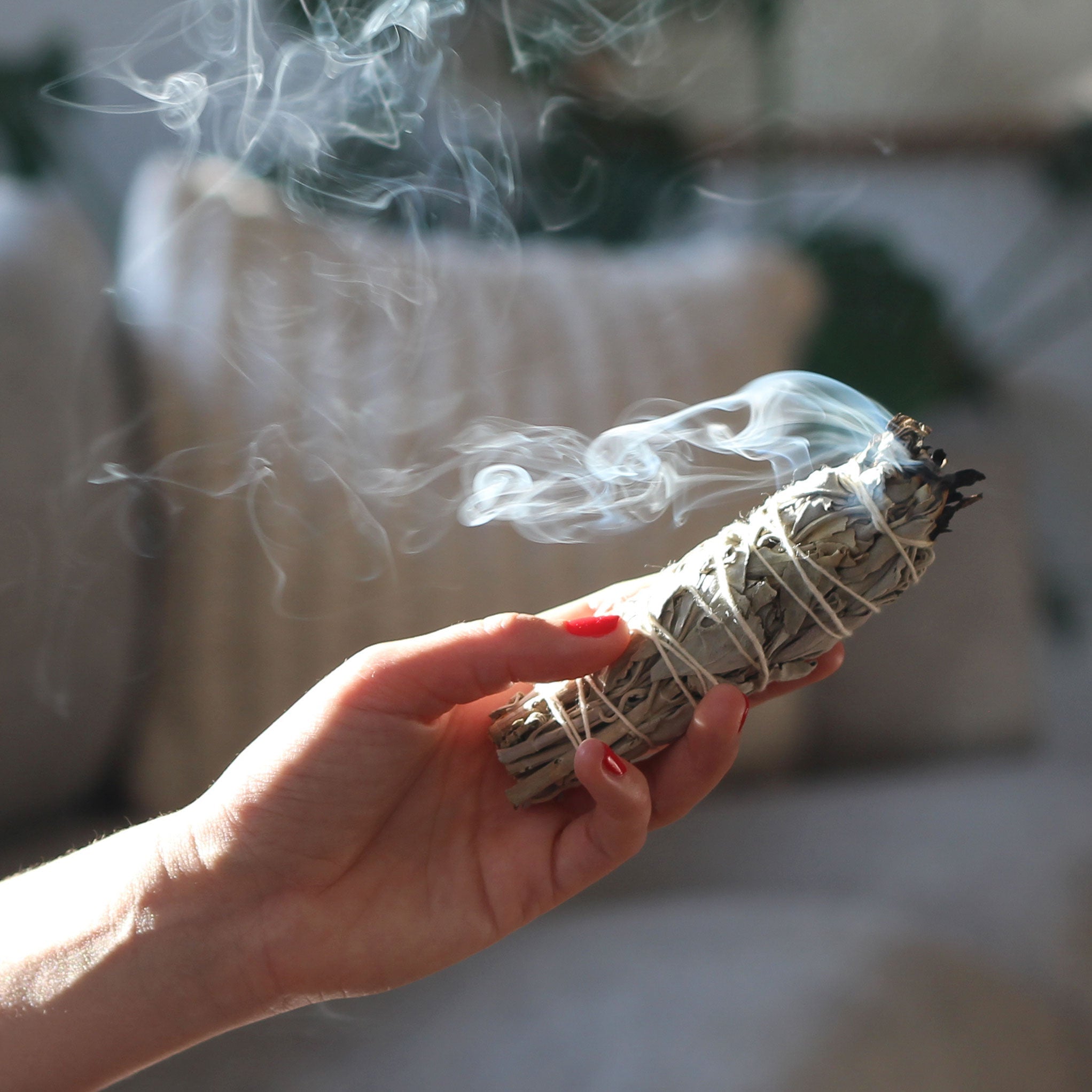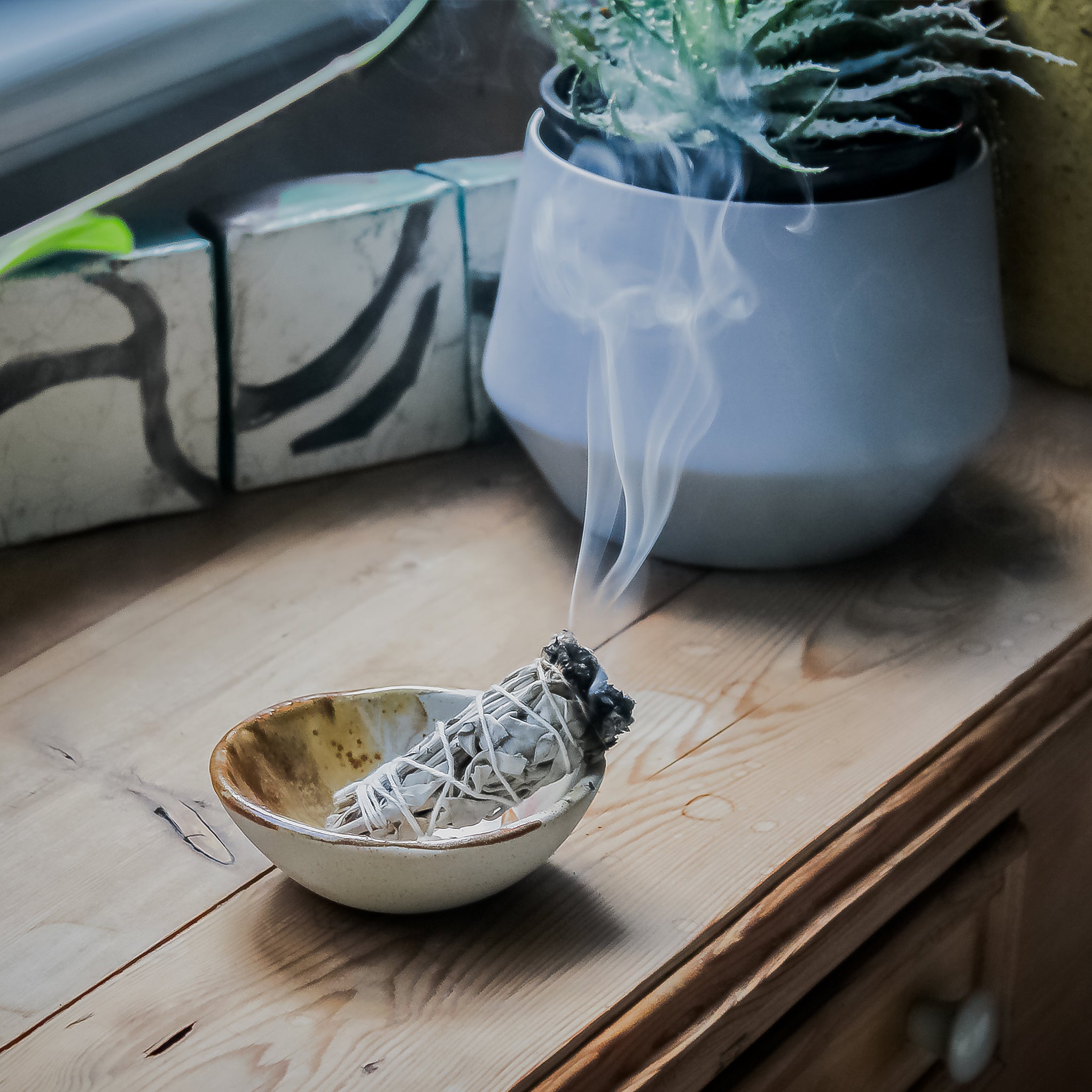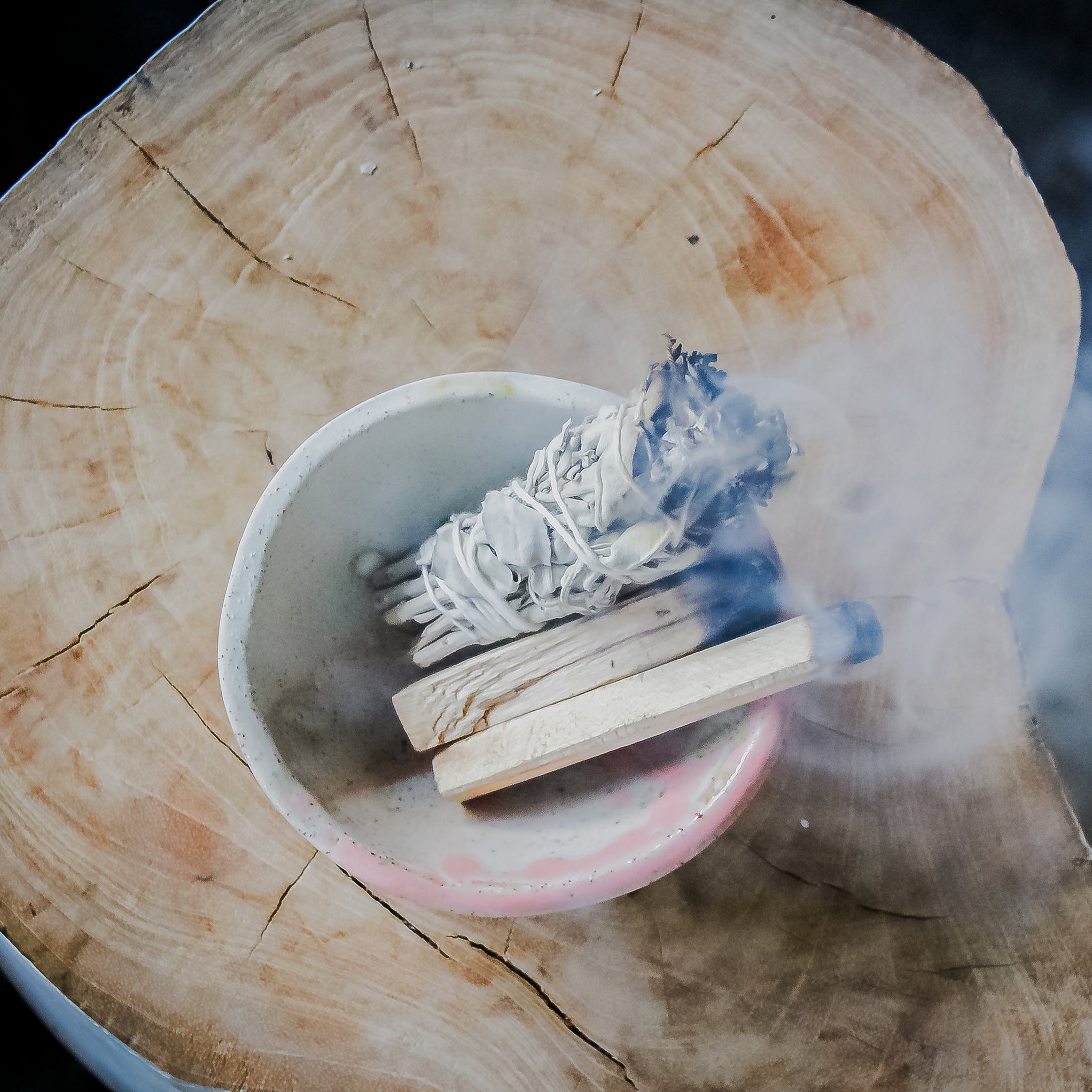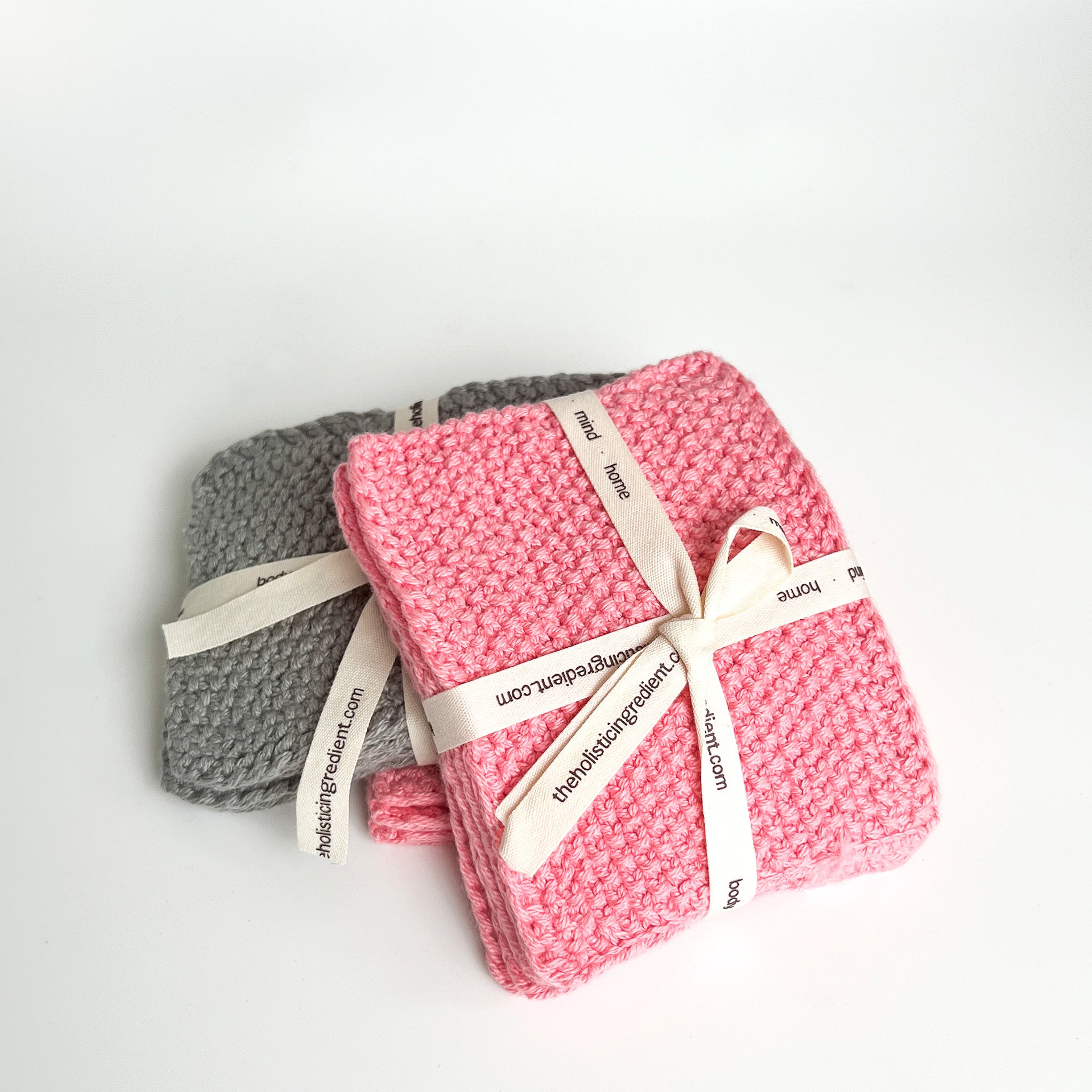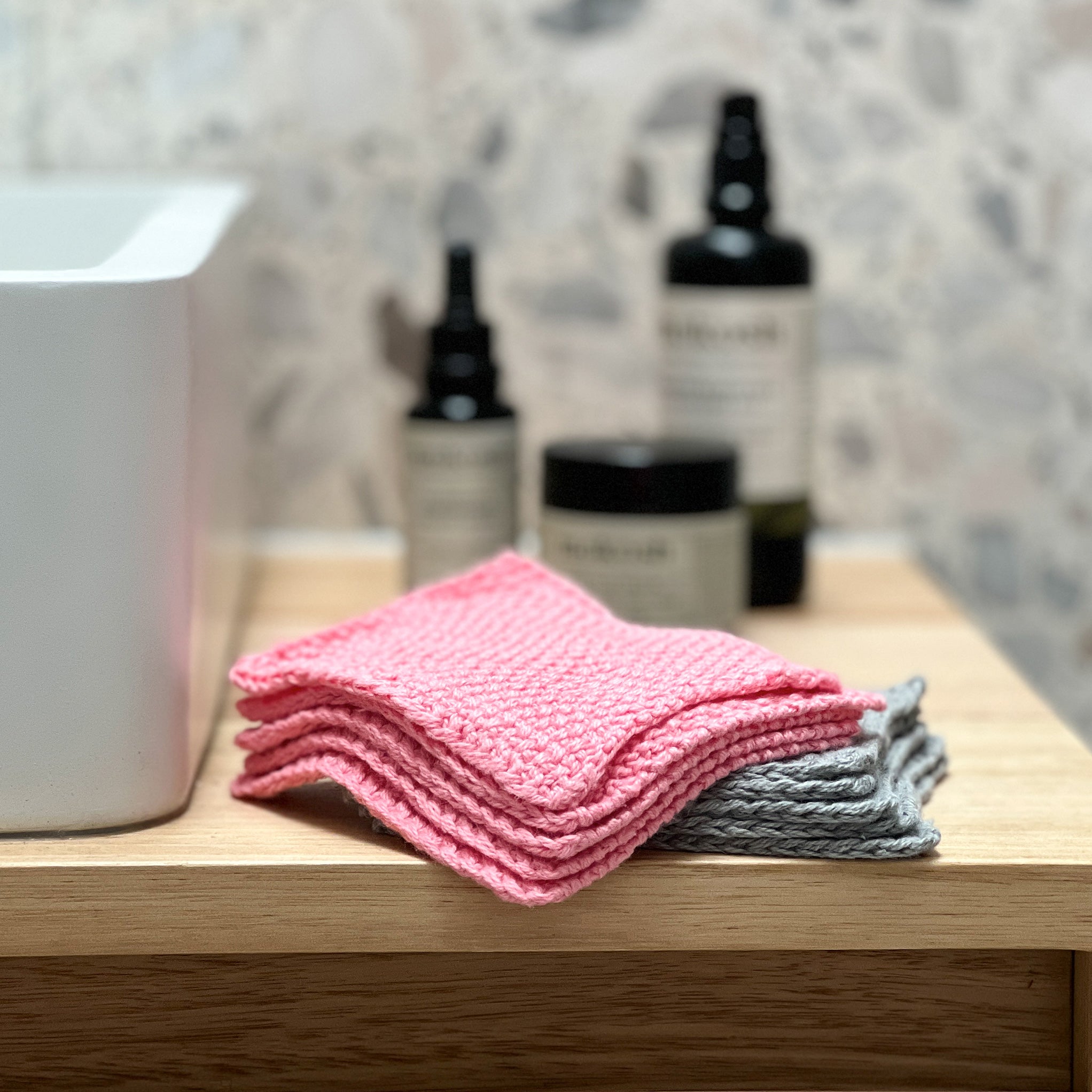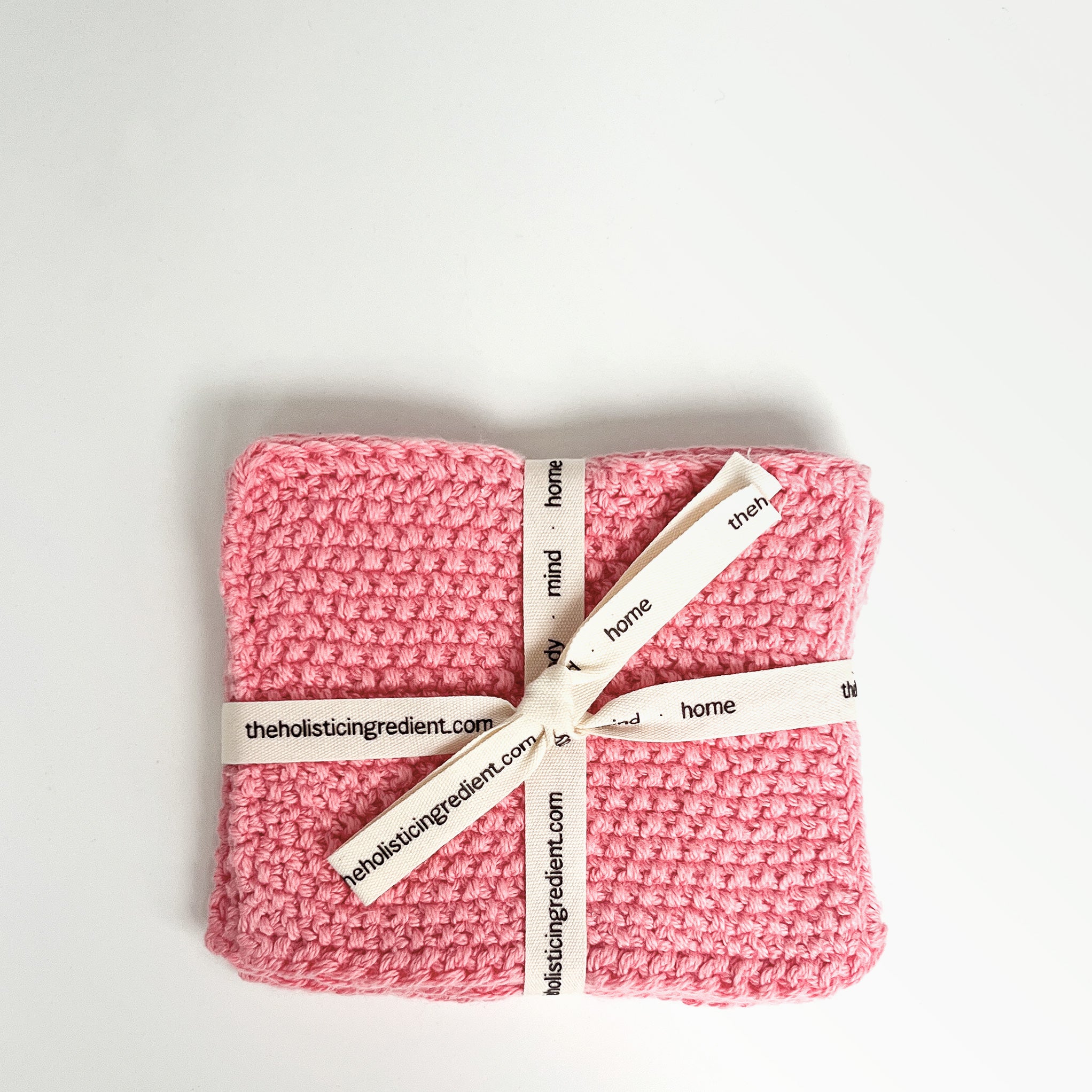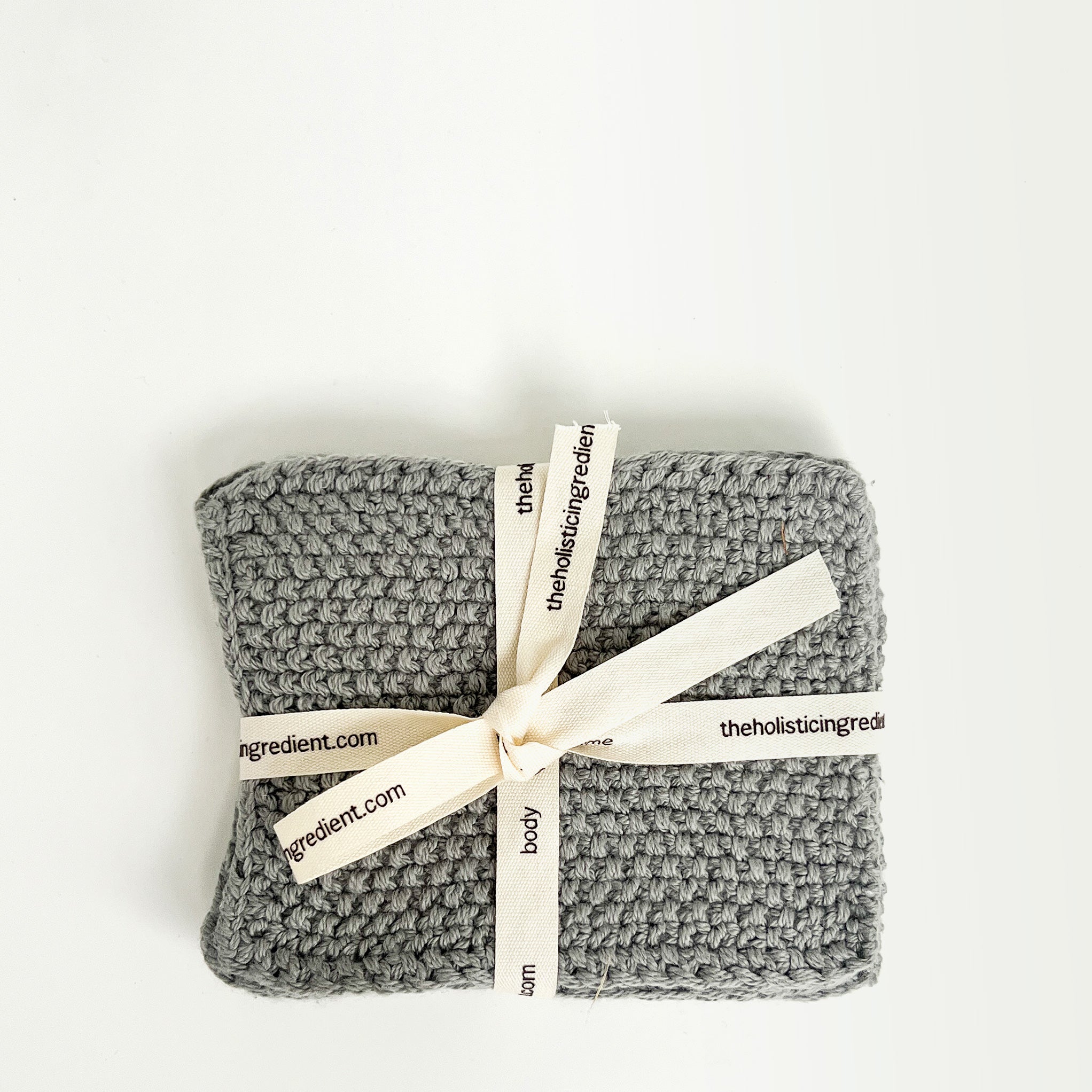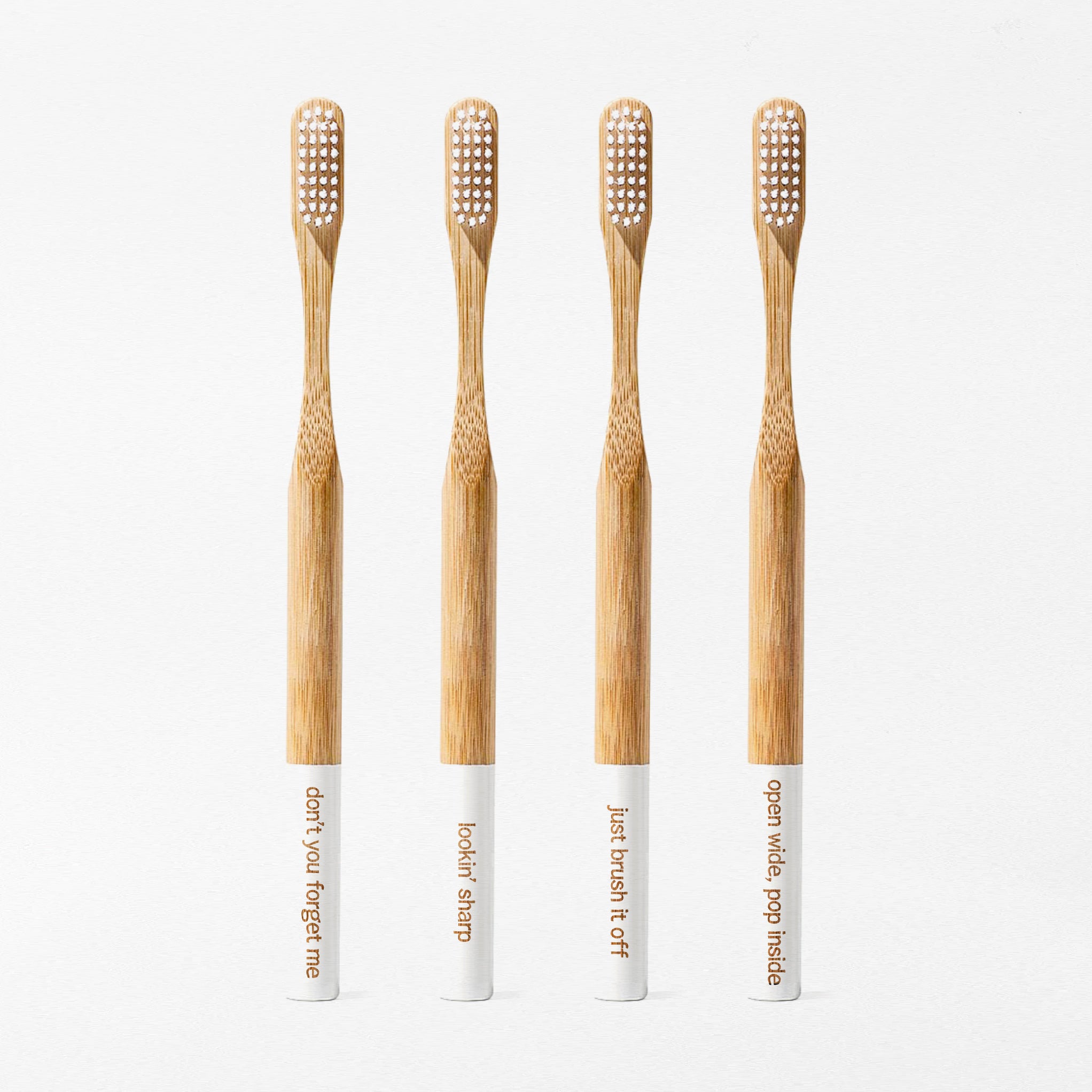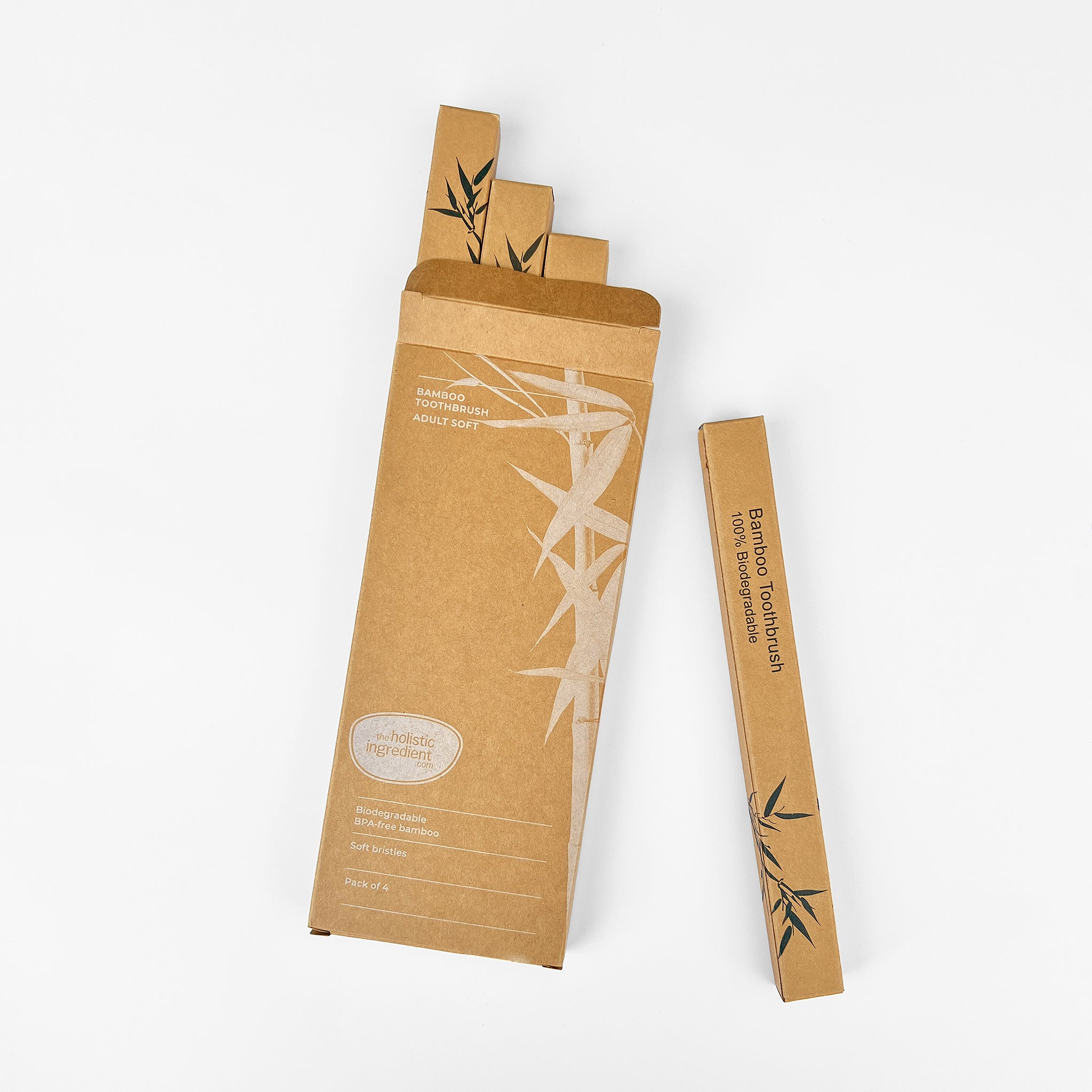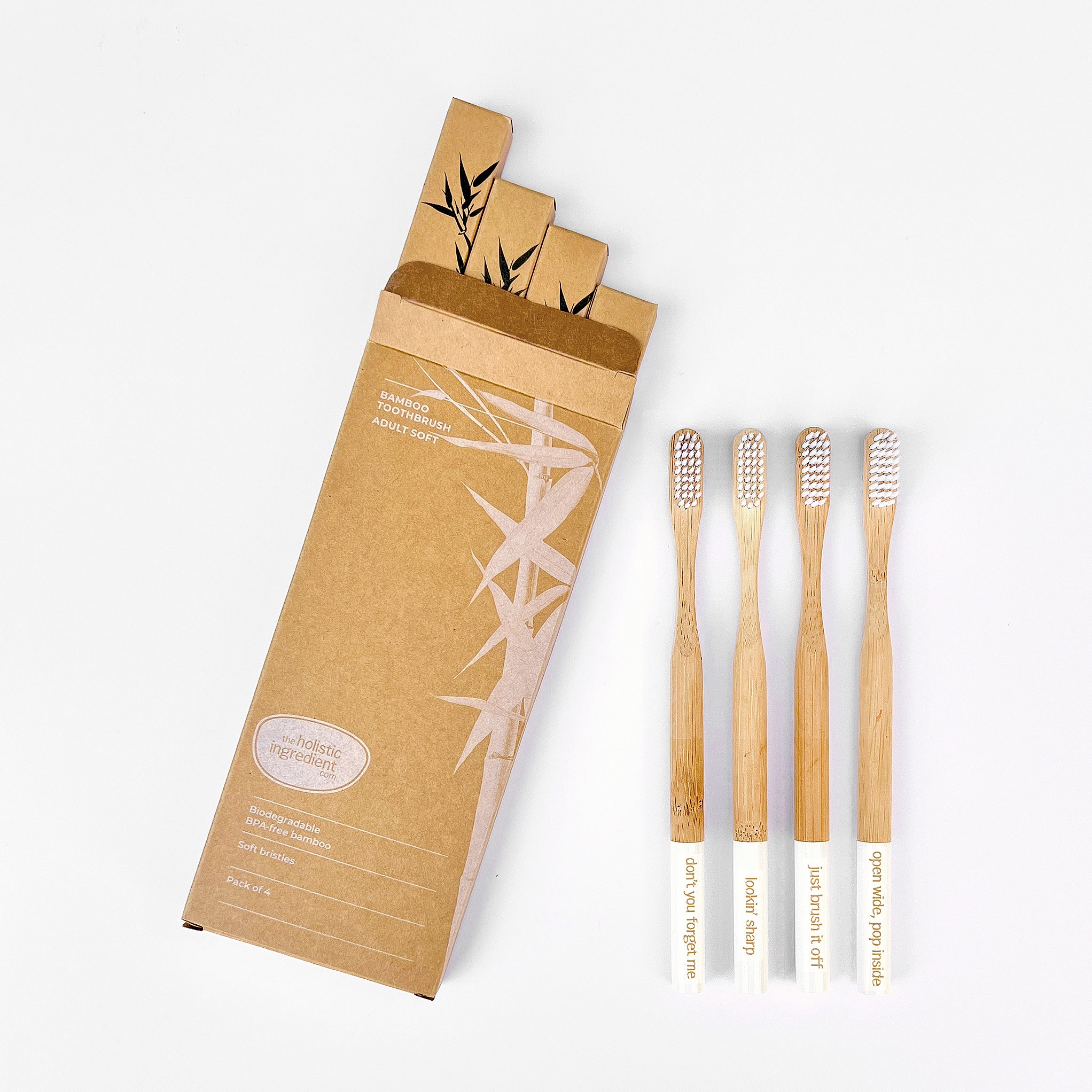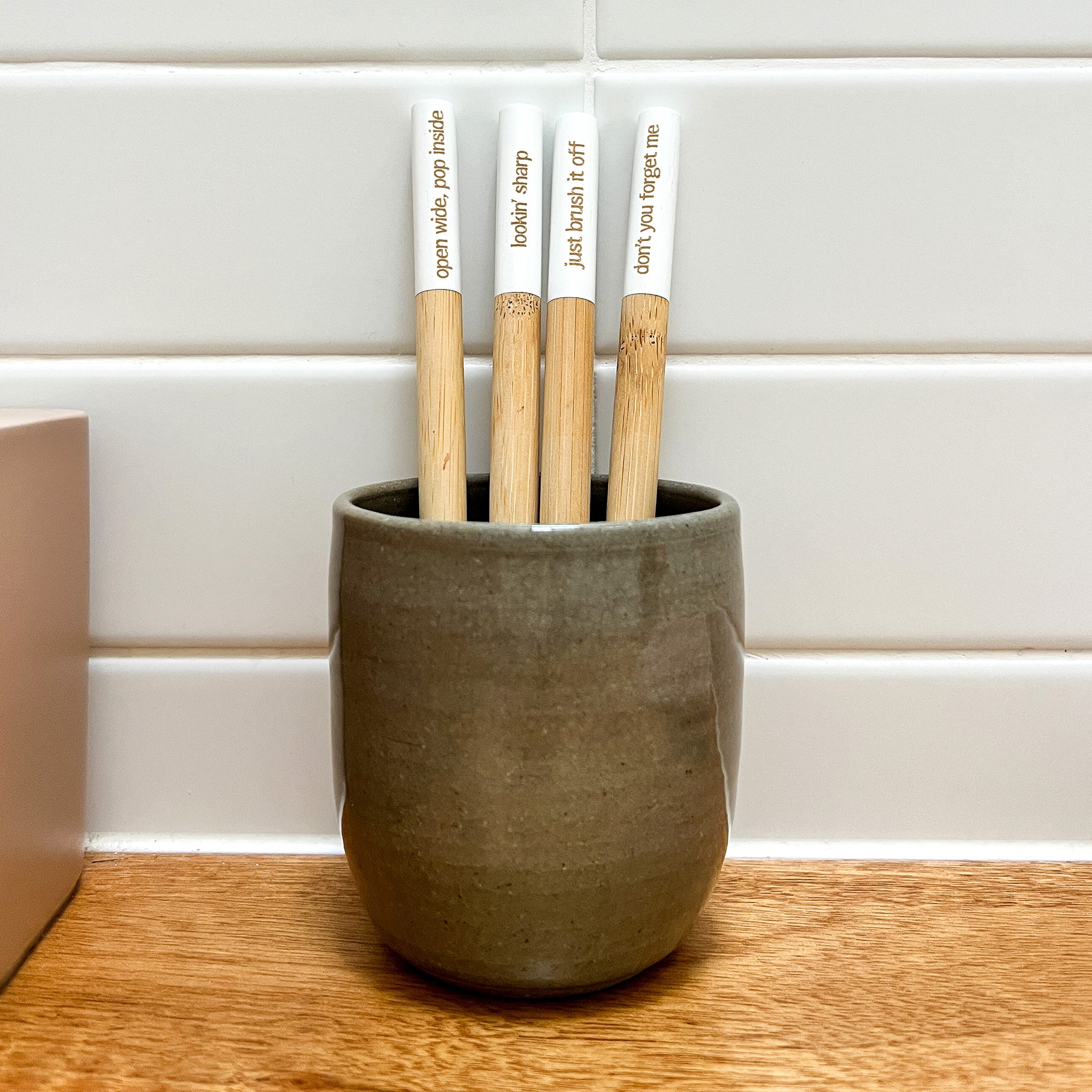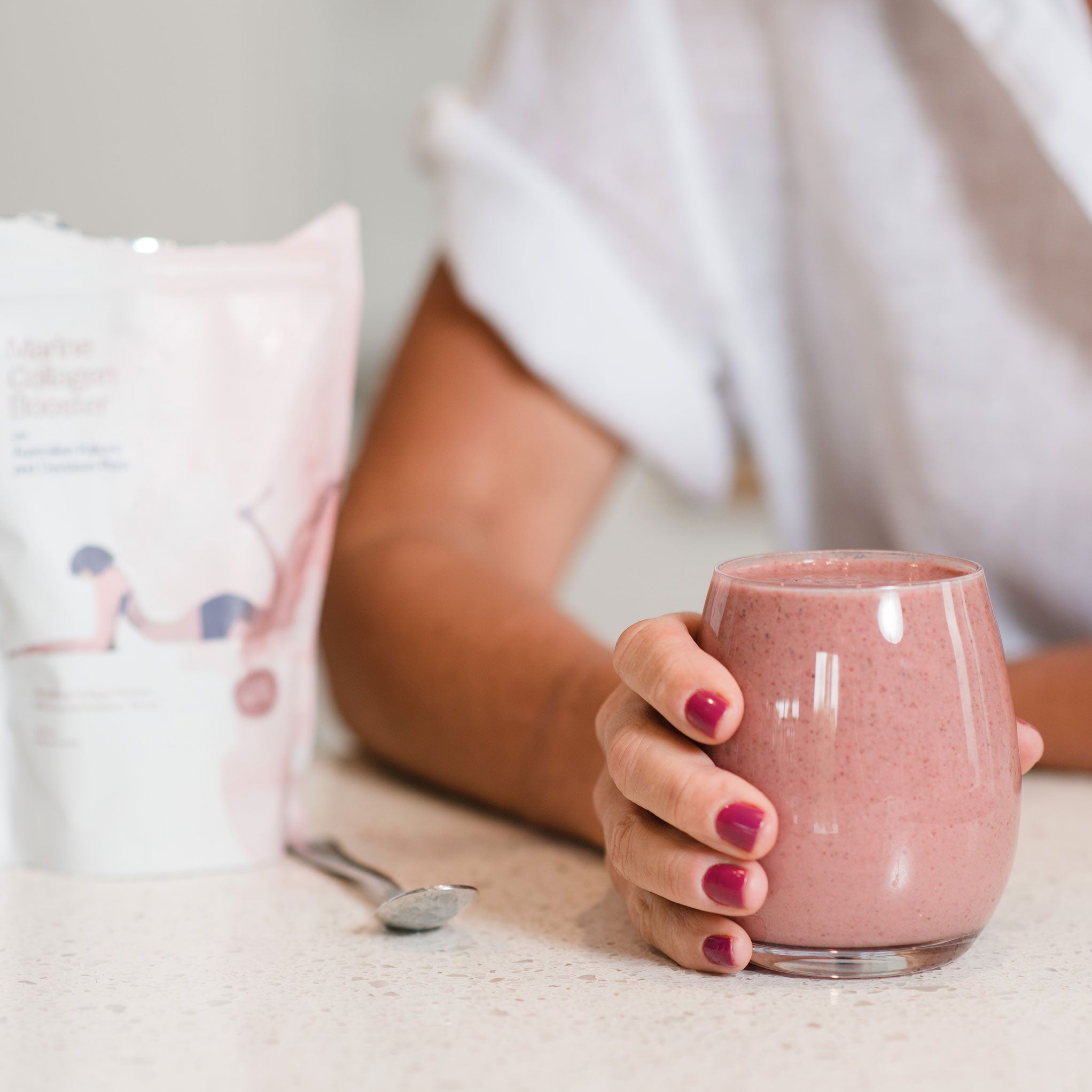
Anyone who follows a food related instagram feed, Facebook page or blog will undoubtedly by now have come across people mentioning their activated nuts and seeds. It became a bit of a hot topic in Australia when Pete Evans admitted to being an 'activator' - this of course invited all sorts of commentary (negative and positive) from every camp.
Few will dispute the fact that nuts and seeds are a really valuable addition to our diet. There are however mixed opinions regarding how we should eat them. Many would say roasting nuts and seeds removes their nutritional value, others would prefer theirs raw. Increasingly though there is a lot of valuable information suggesting that activating is the best way to consume them. I know from experience (and particularly given I have a compromised digestive and immune system) that it is very important that I activate.
If I sat down to a bowl of unactivated nut/seed granola I would suffer awful tummy pain. For me, there isn't another option, it's just what I do.
What is activating?
Activated nuts and seeds have been made bio-active by a very simple process of soaking in salted water for a predetermined period of time, draining them and then dehydrating them at a very low temperature in the oven or dehydrator. Nuts and seeds contain what is called phytic acid which prevents them from sprouting prematurely and stores lots of important nutrients.
According to research when we consume phytic acid it reduces our body's ability to absorb these nutrients. They also contain enzyme inhibitors which force the body to work overtime to produce the enzymes necessary for digestion. I understand that this process alone ages us because our bodies have to work so hard to digest (I'm activating!).
Why should we activate?
Soaking nuts and seeds begins the process of germination thus breaking down the phytic acid and enzyme inhibitors. This in turn make the nutrients a lot more readily available. There is also research to suggest that soaking your nuts and seeds for long periods of time actually increases their nutritional value.
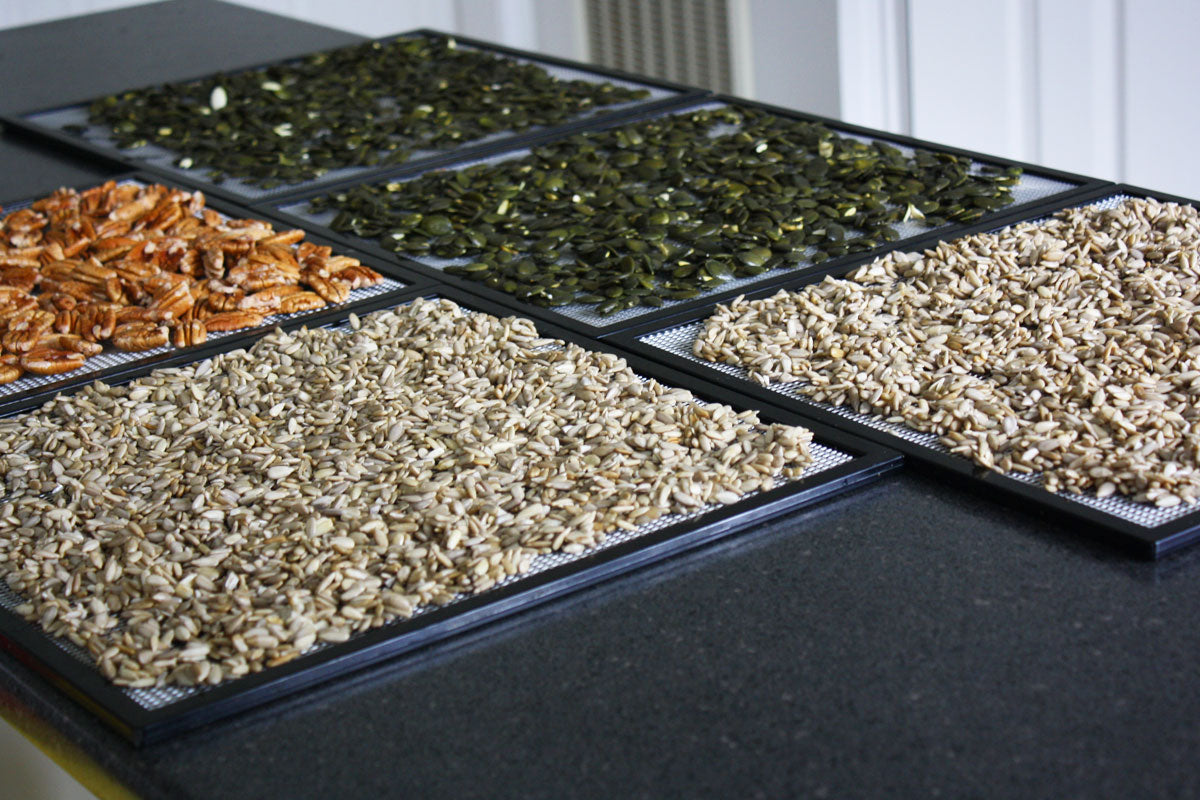
How do we activate?
You will need salt, bowls, (ideally) filtered or spring water, an oven or a dehydrator. When soaking simply make sure that your nuts or seeds are covered by the water and leave them on a bench uncovered for the determined period of time.
If using an oven it must be on the lowest temperature possible, ideally on the pilot light. If using a dehydrator I believe around 50 is good. You do not want to cook them, you simply want to dry them out. It's always best to do a heap at once because I appreciate it's more energy efficient. I recommend dehydrating a good 2-4 cups of each food type at a time if you can.
Walnuts, Pecans, Peanuts, Pine nuts, Hazelnuts:
Soak: Salted water (1-2 teaspoons), overnight (or approximately 8 hours)
Dehydrate: 12-24 hours or until noticeably dry and crunchy
Almonds:
Soak: Salted water, overnight.
Dehydrate: 12-24 hours. In my experience almonds take longer than the other nuts, for me around 15 hours. You really need to make sure they are very dry otherwise you will notice them going mouldy very quickly.
Cashews:
Soak: Salted water, 3-6 hours. Be careful with cashews - they can go slimy if left too long so keep an eye on them.
Dehydrate: 12-15 hours.
Pepitas (Pumpkin Seeds):
Soak: Salted water, overnight.
Dehydrate: 12 -24 hours, typically I find 12 hours to be enough.
Sunflower Seeds:
As with Pepitas (pumpkin seeds) though typically I find they are well and truly ready within 12 hours.
